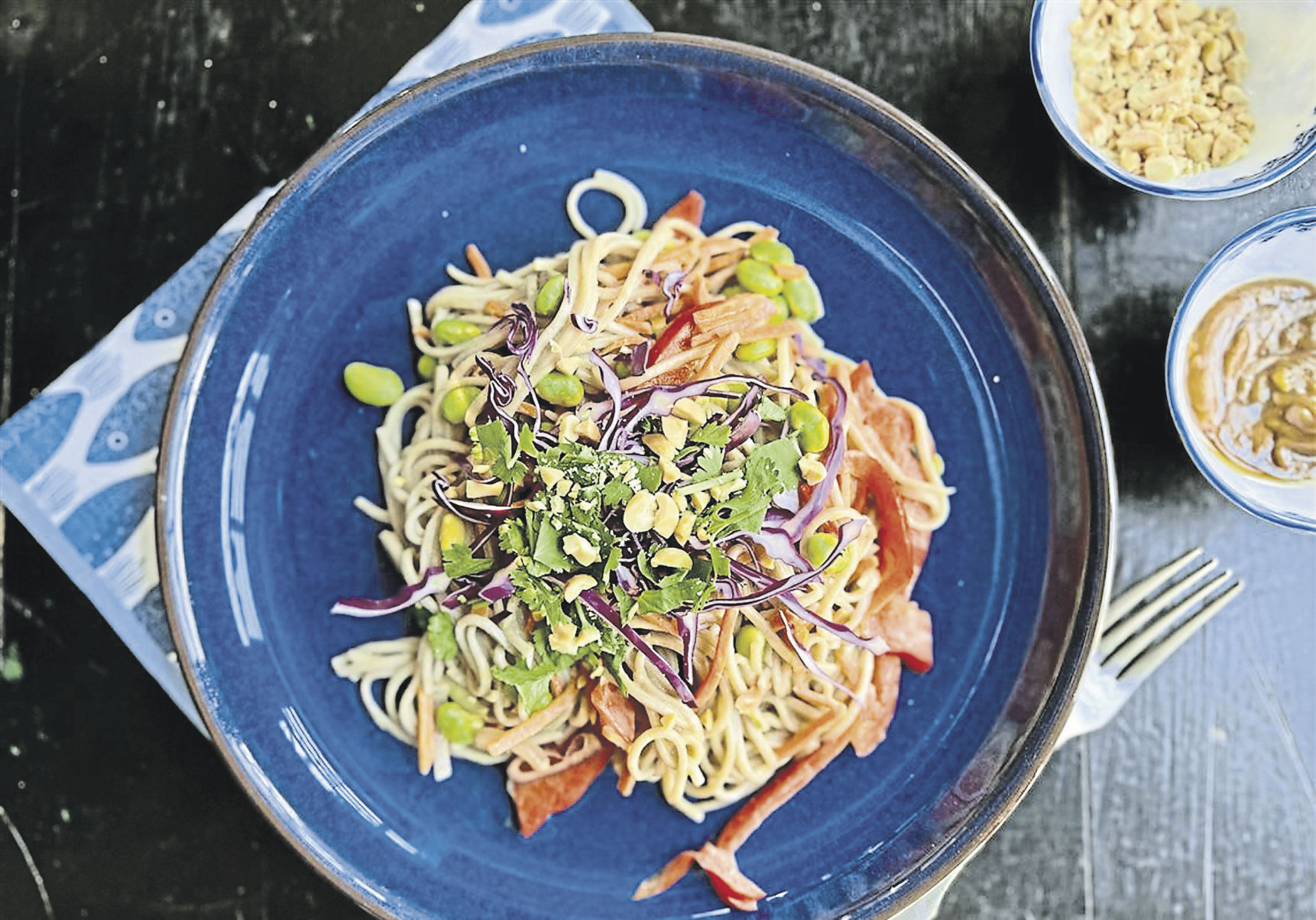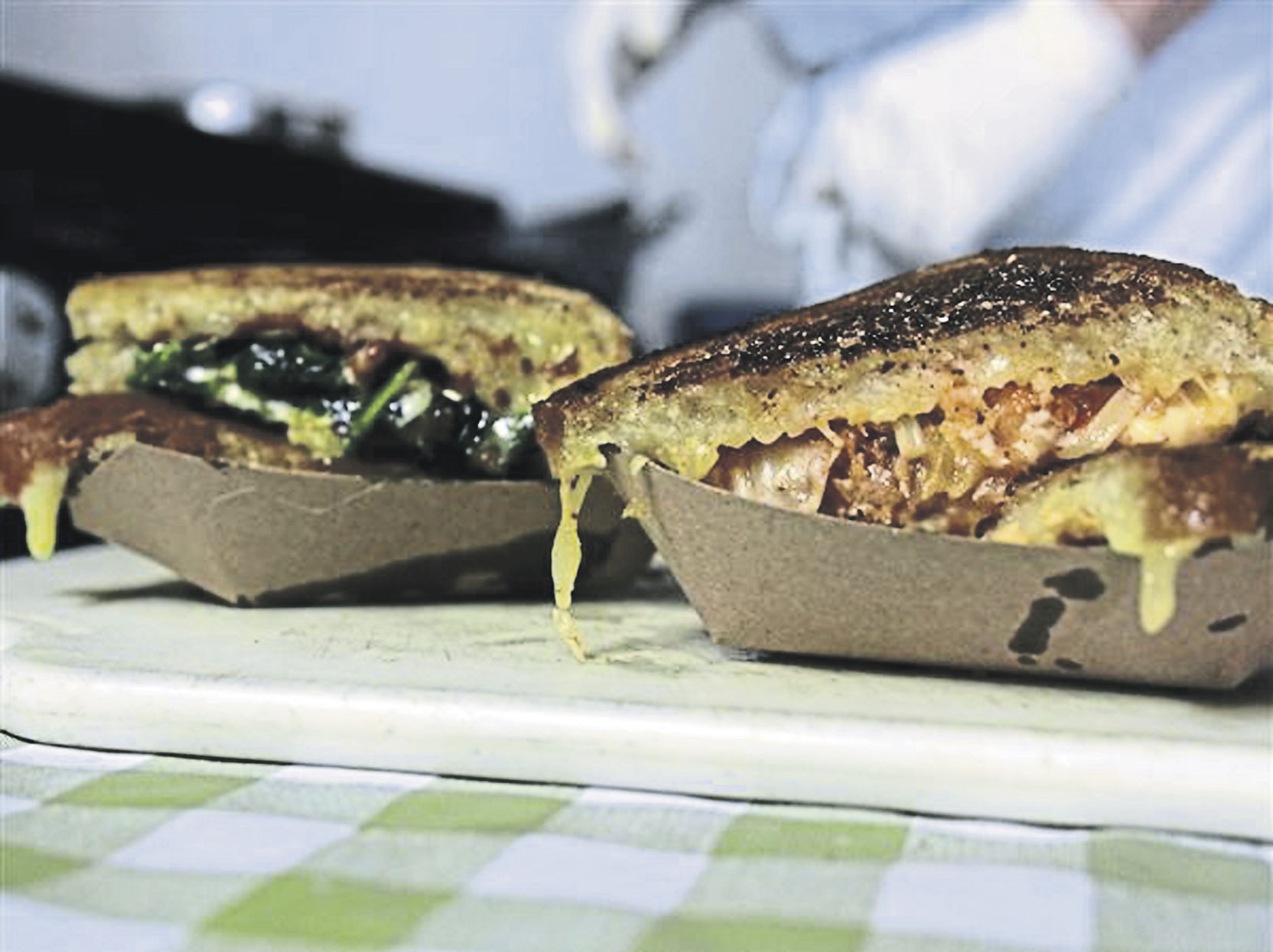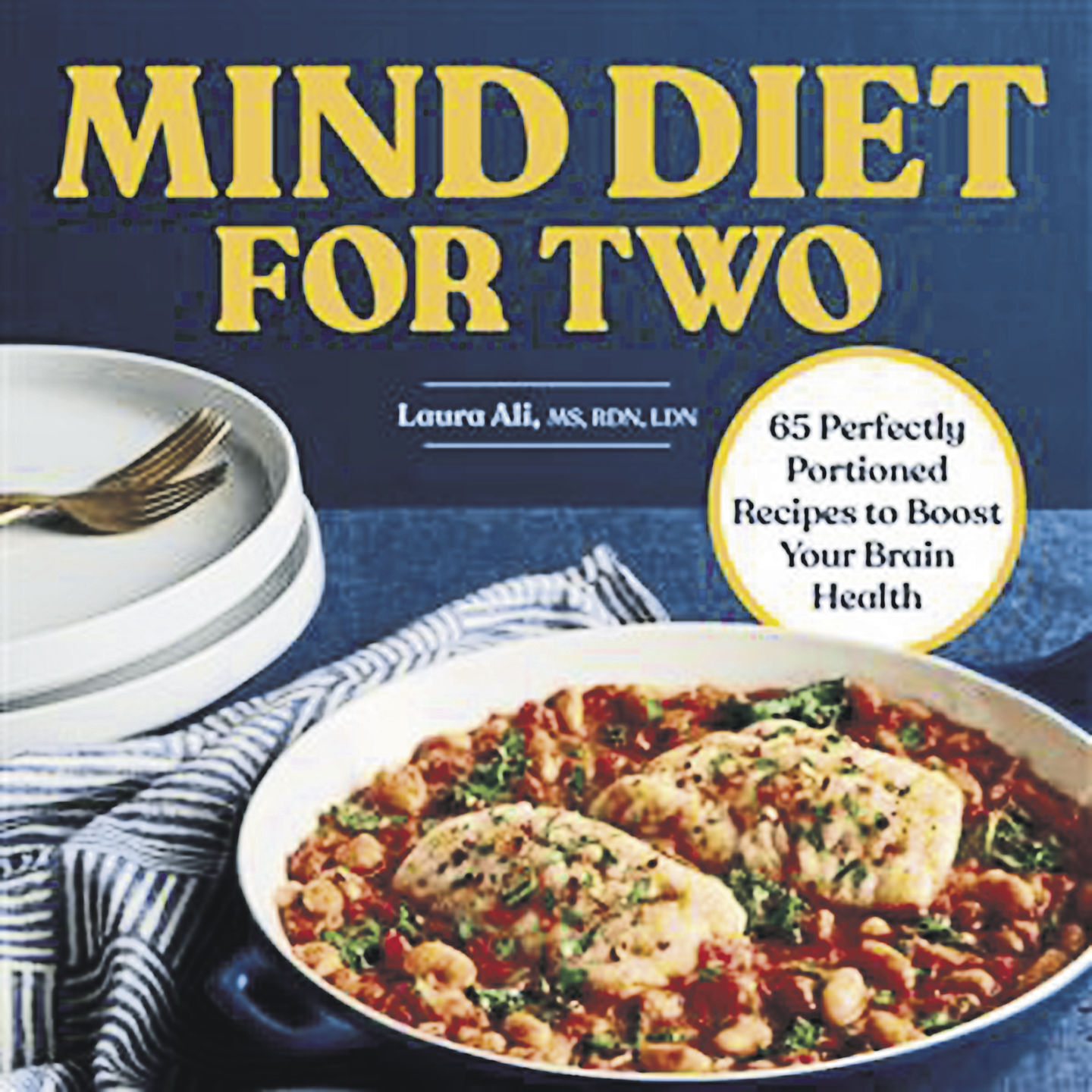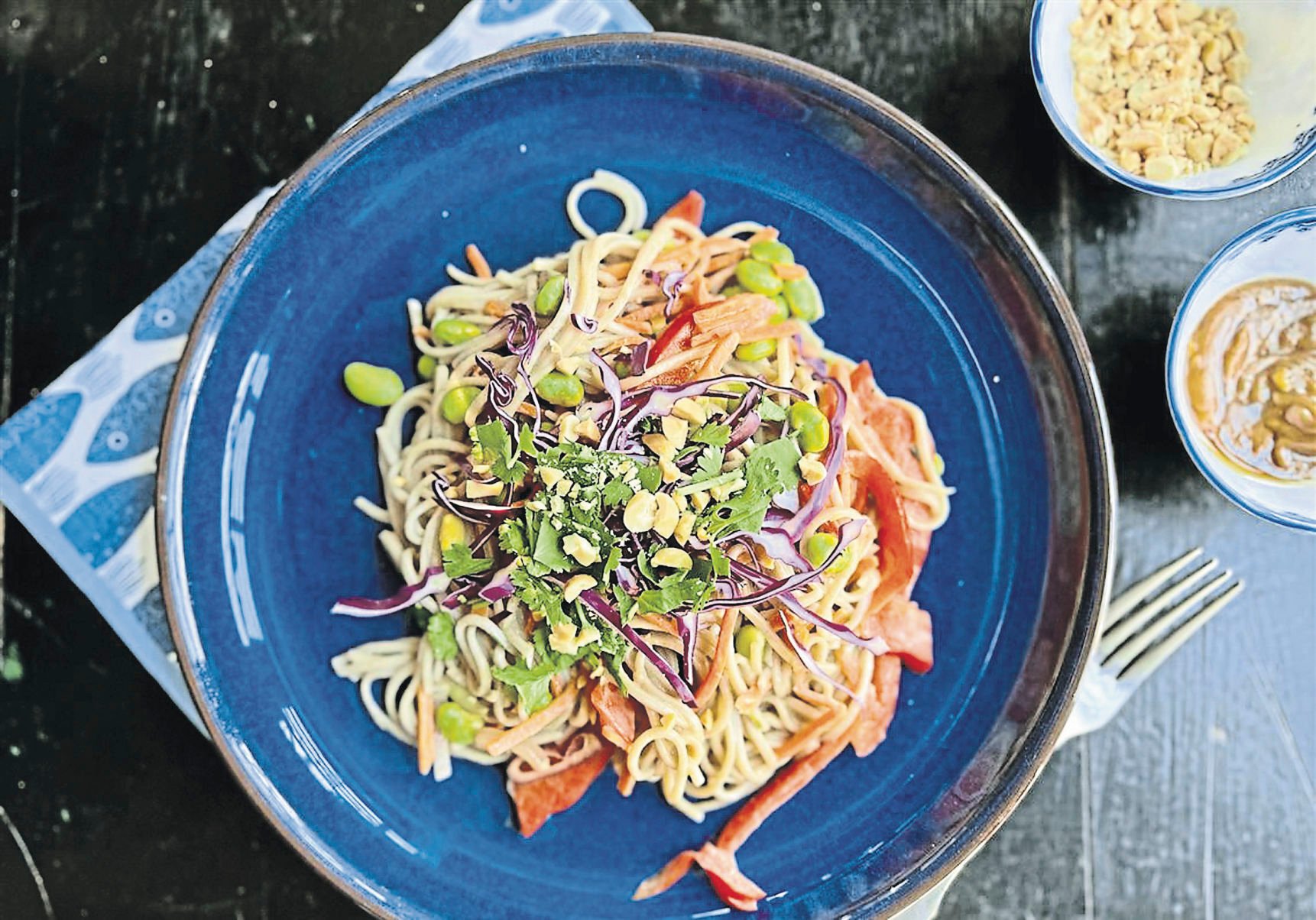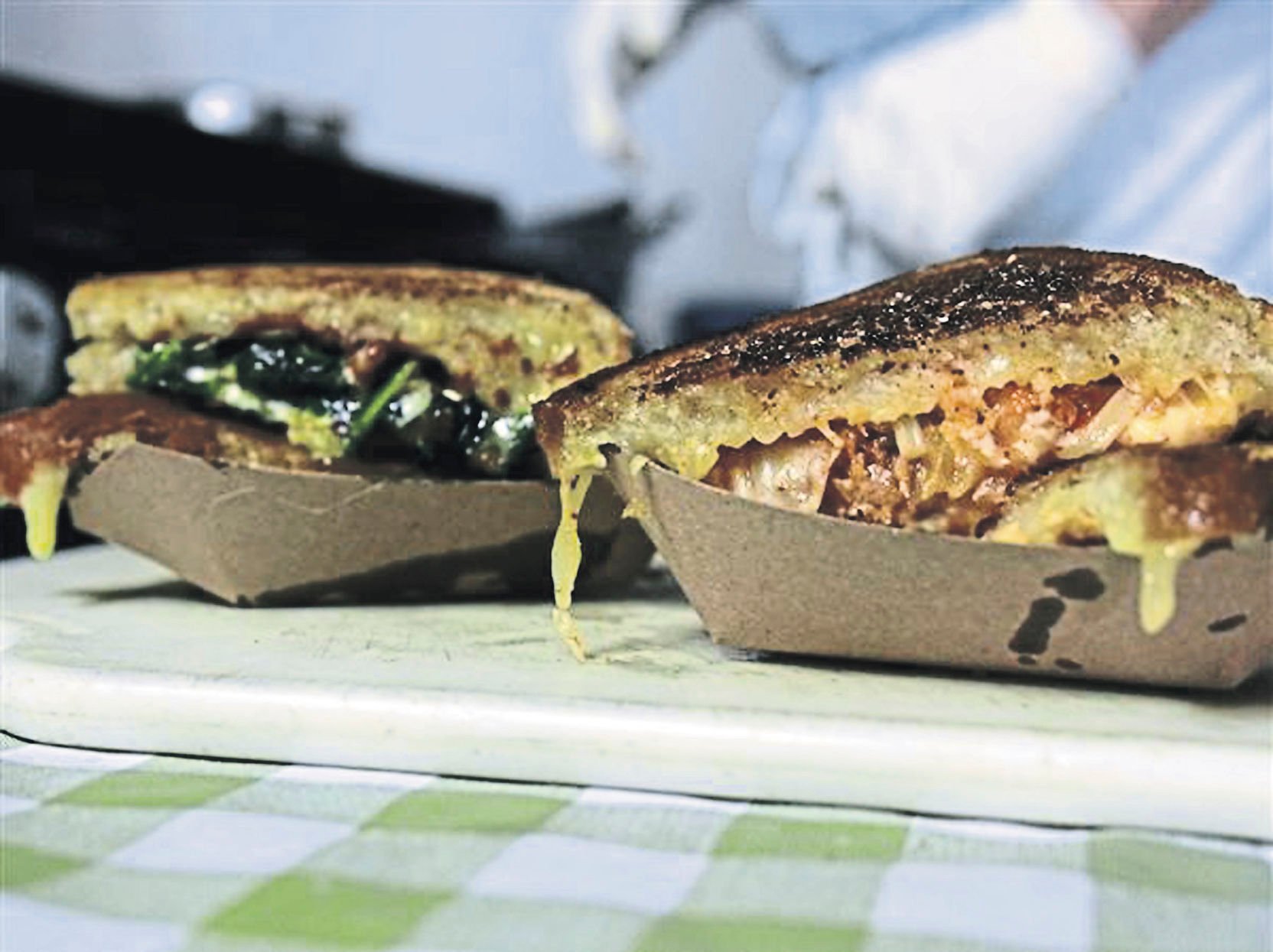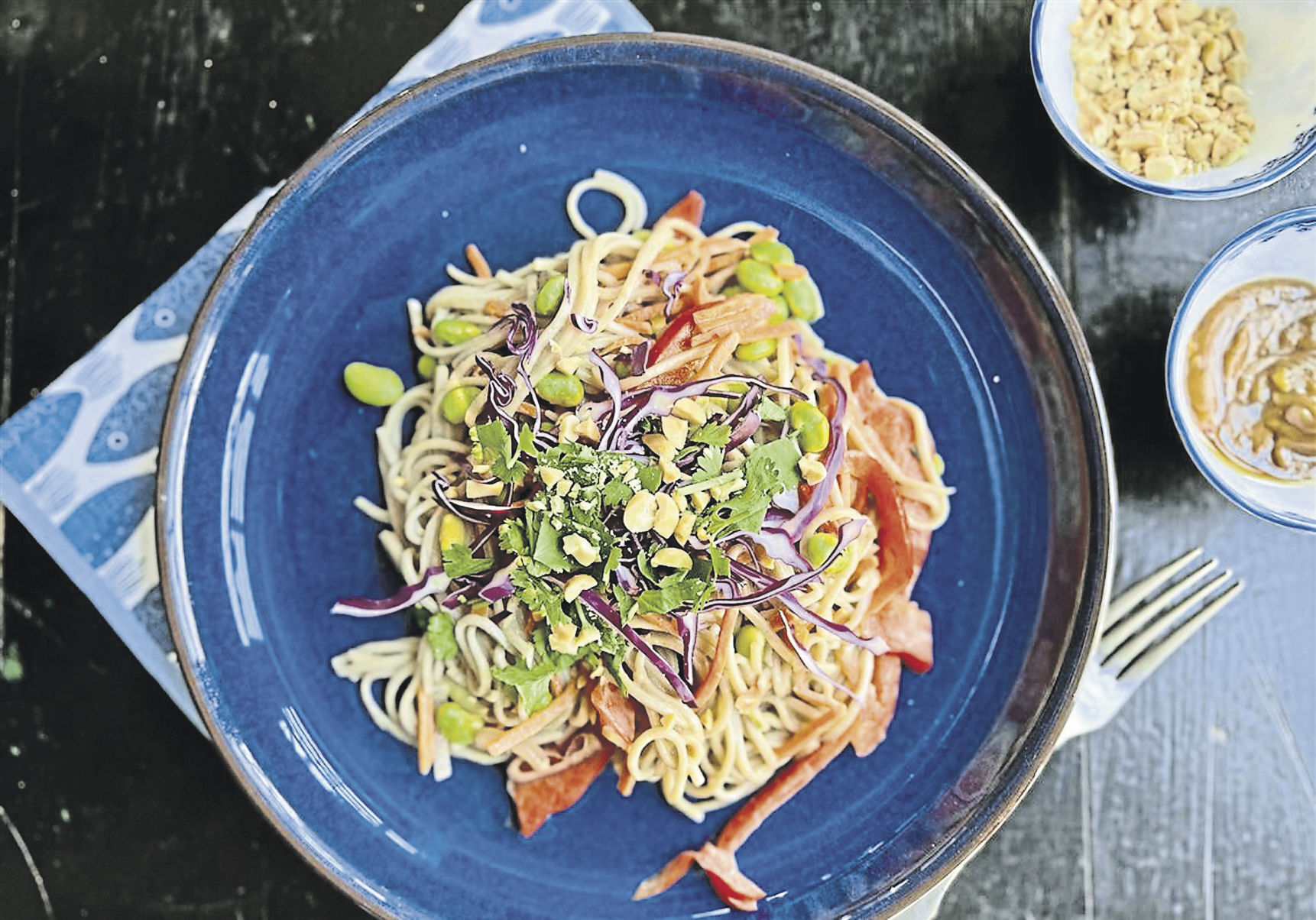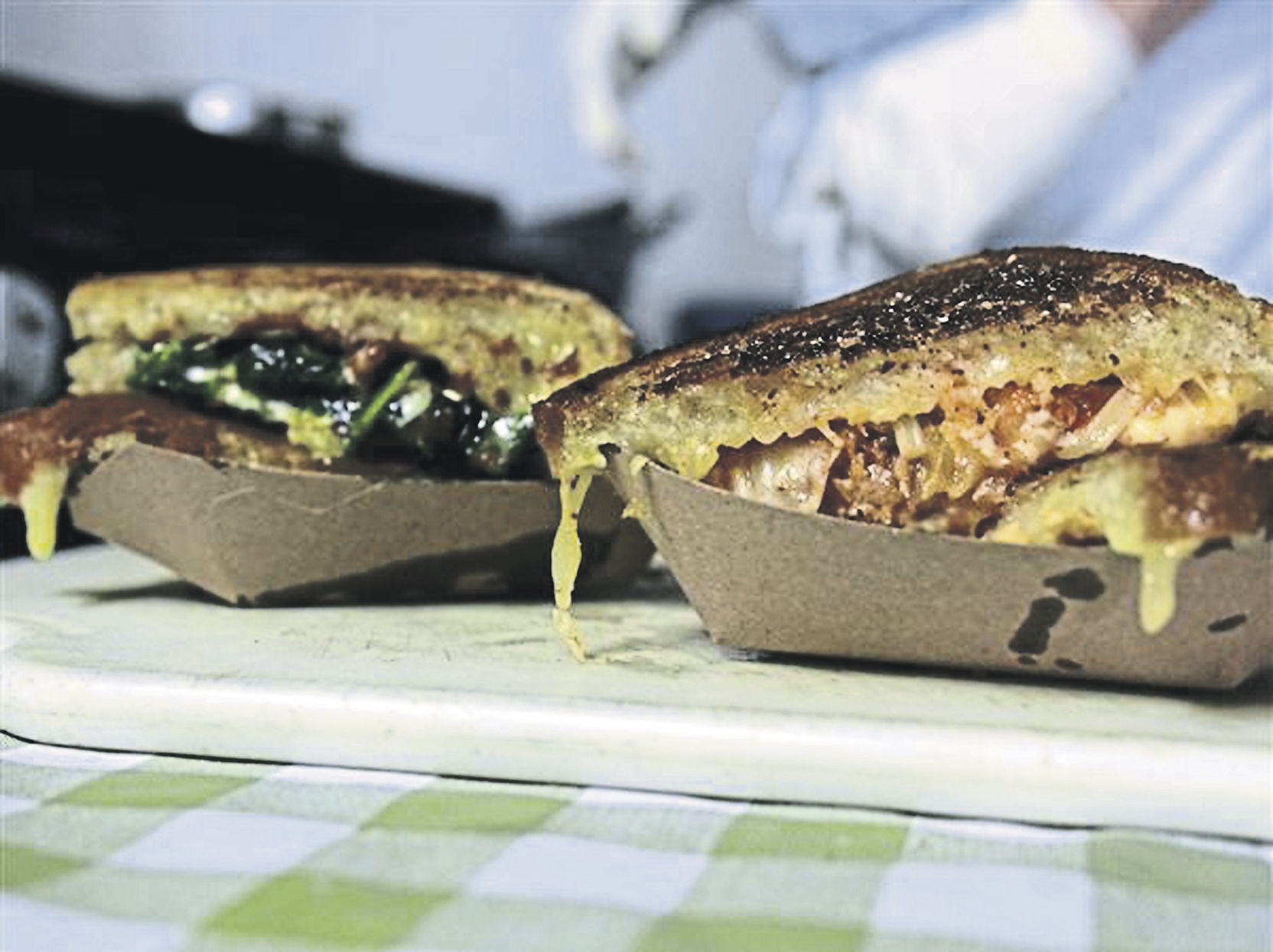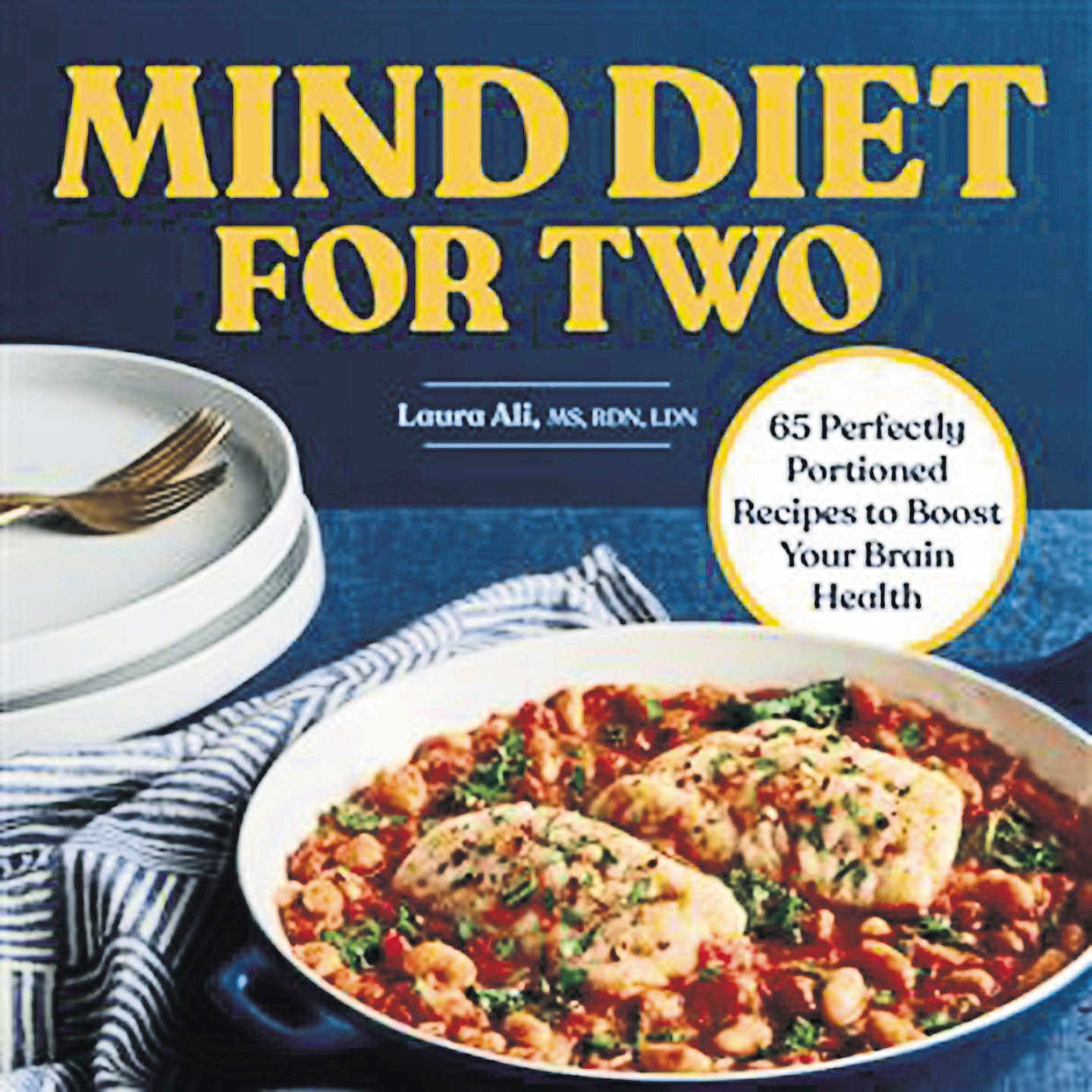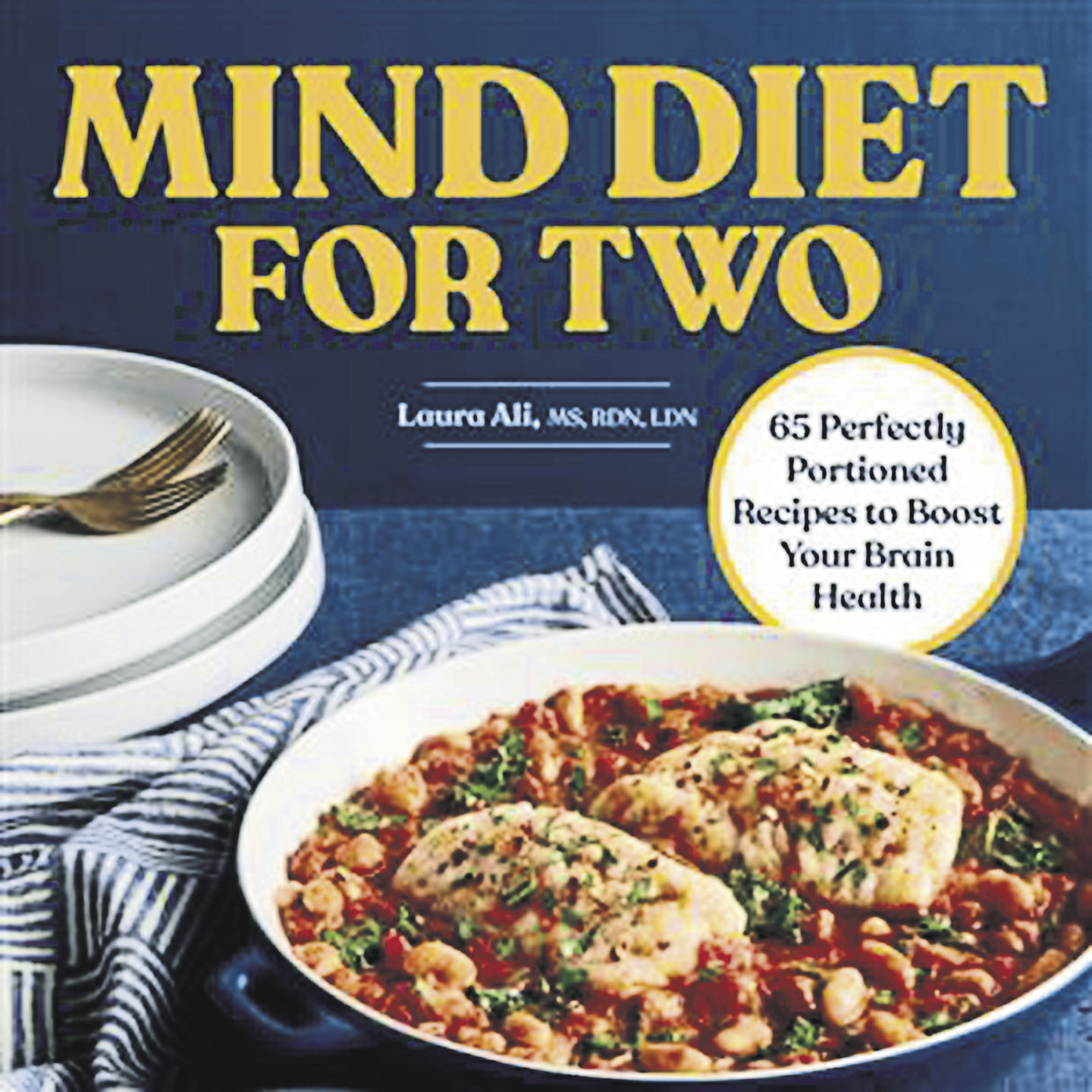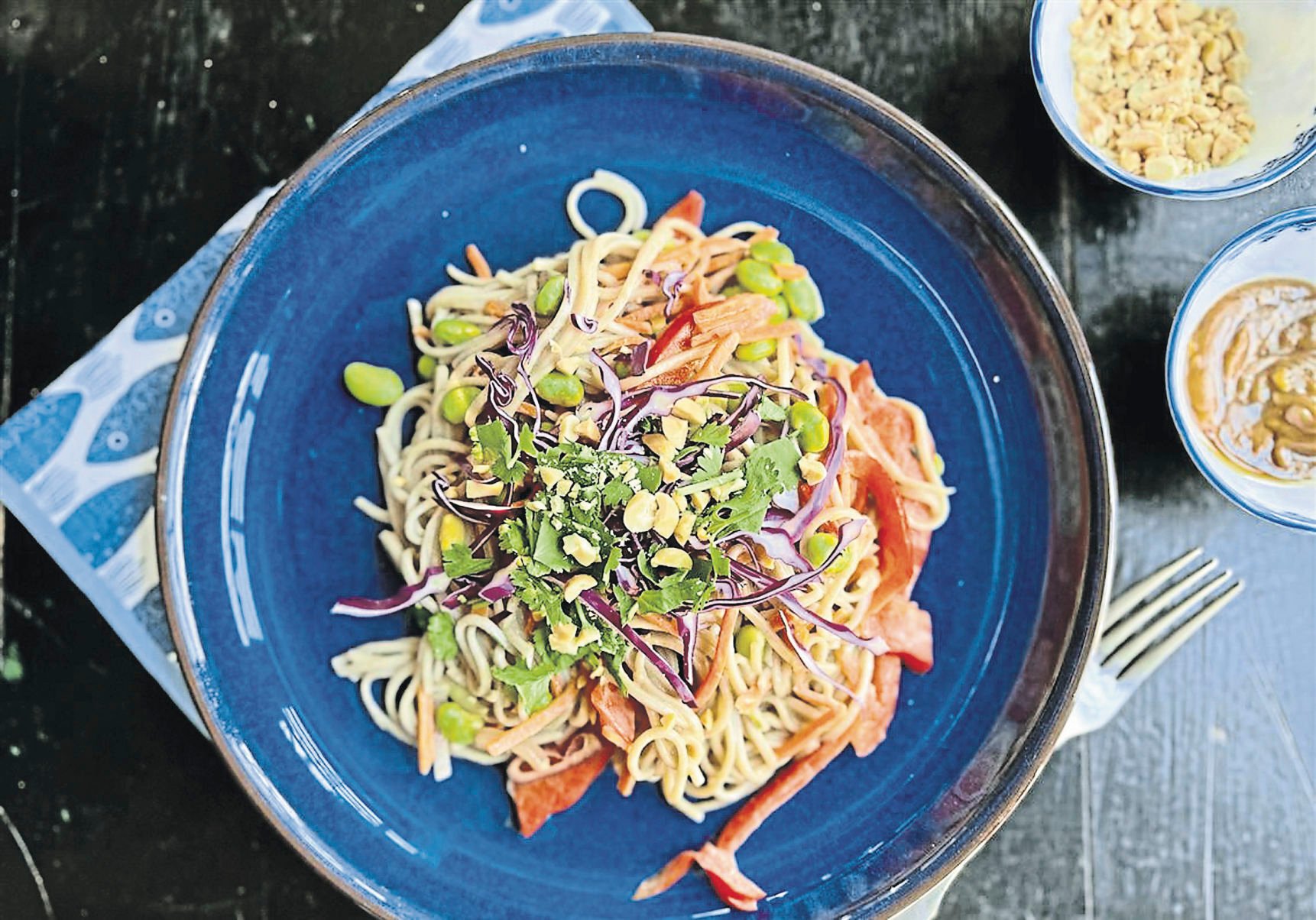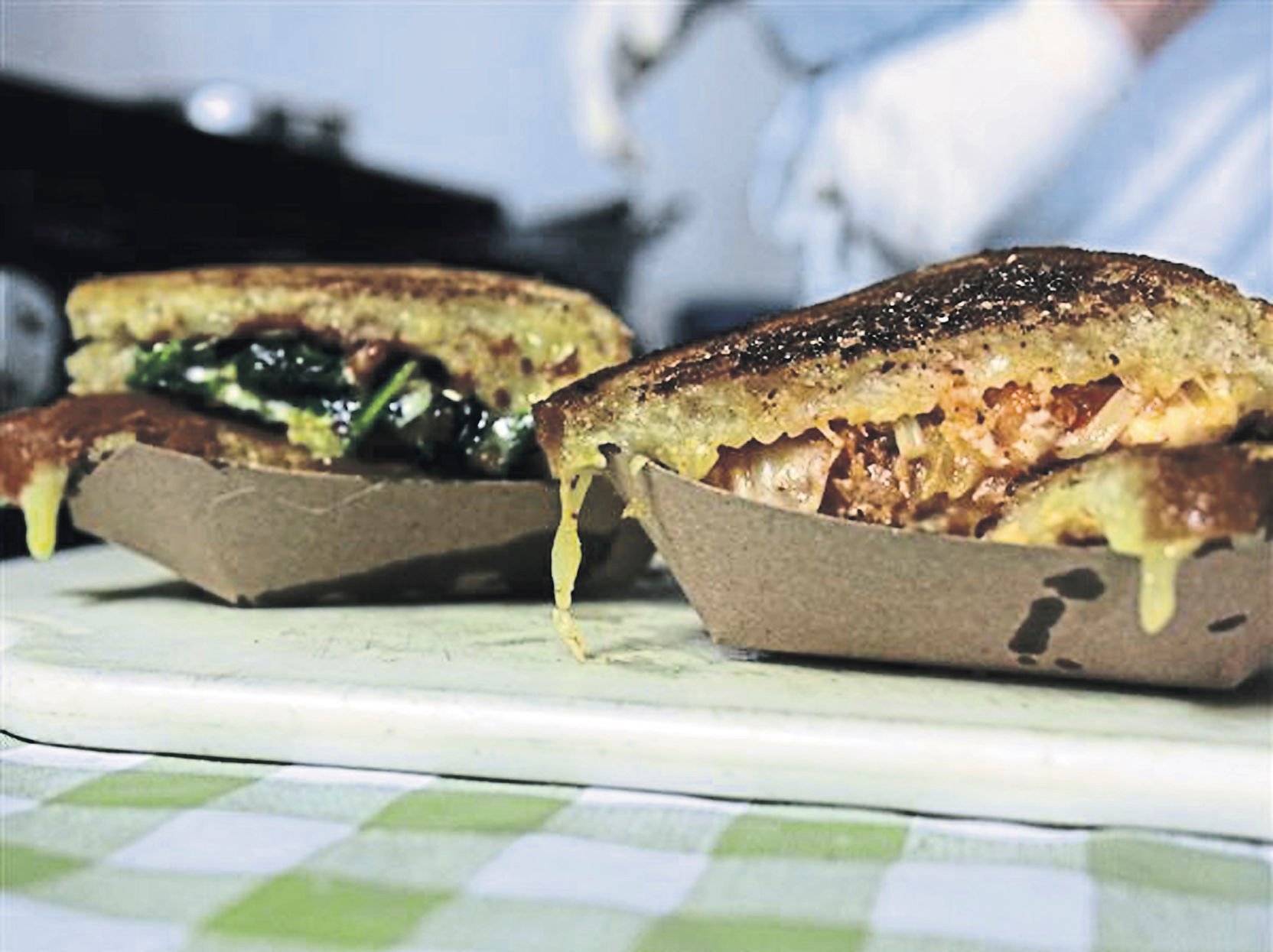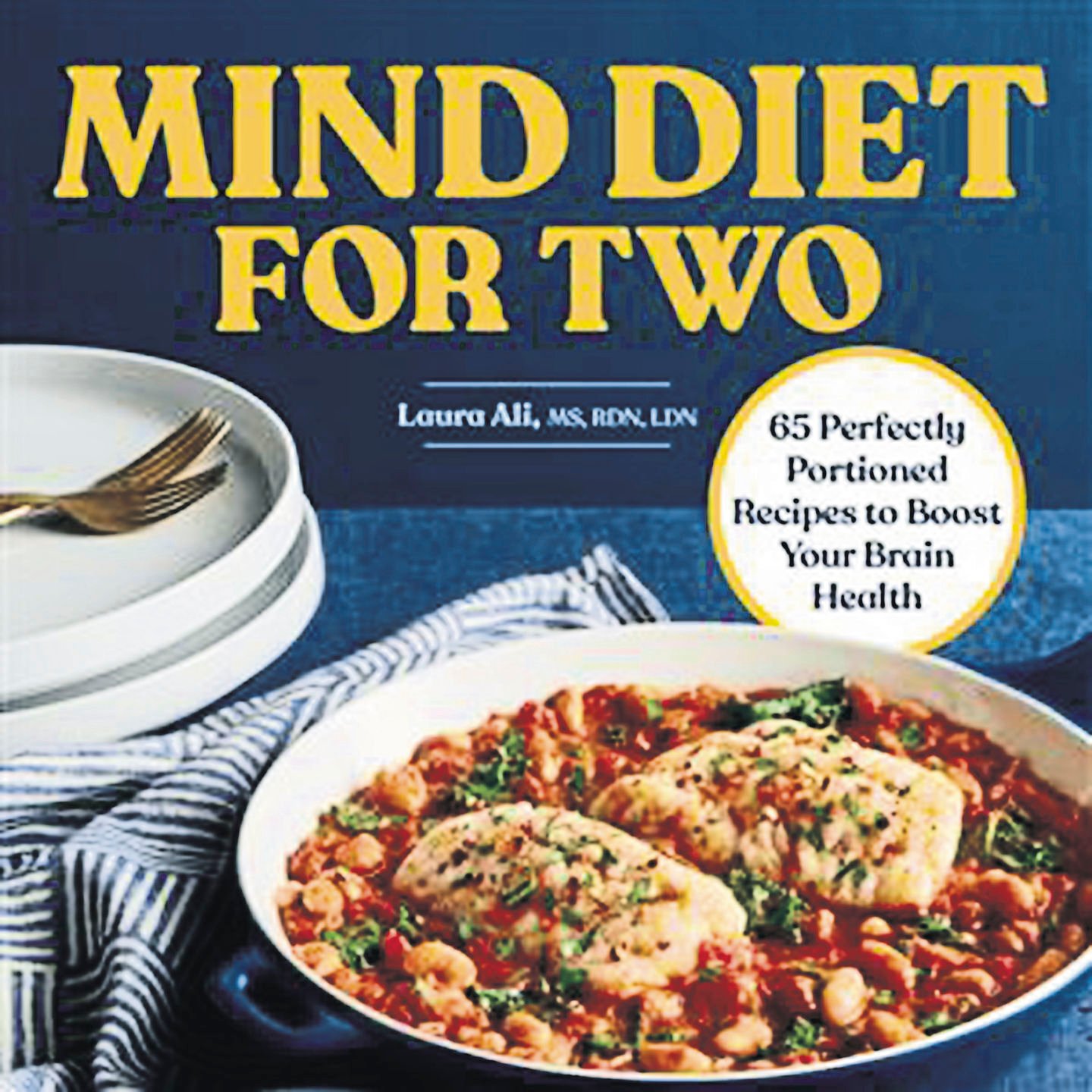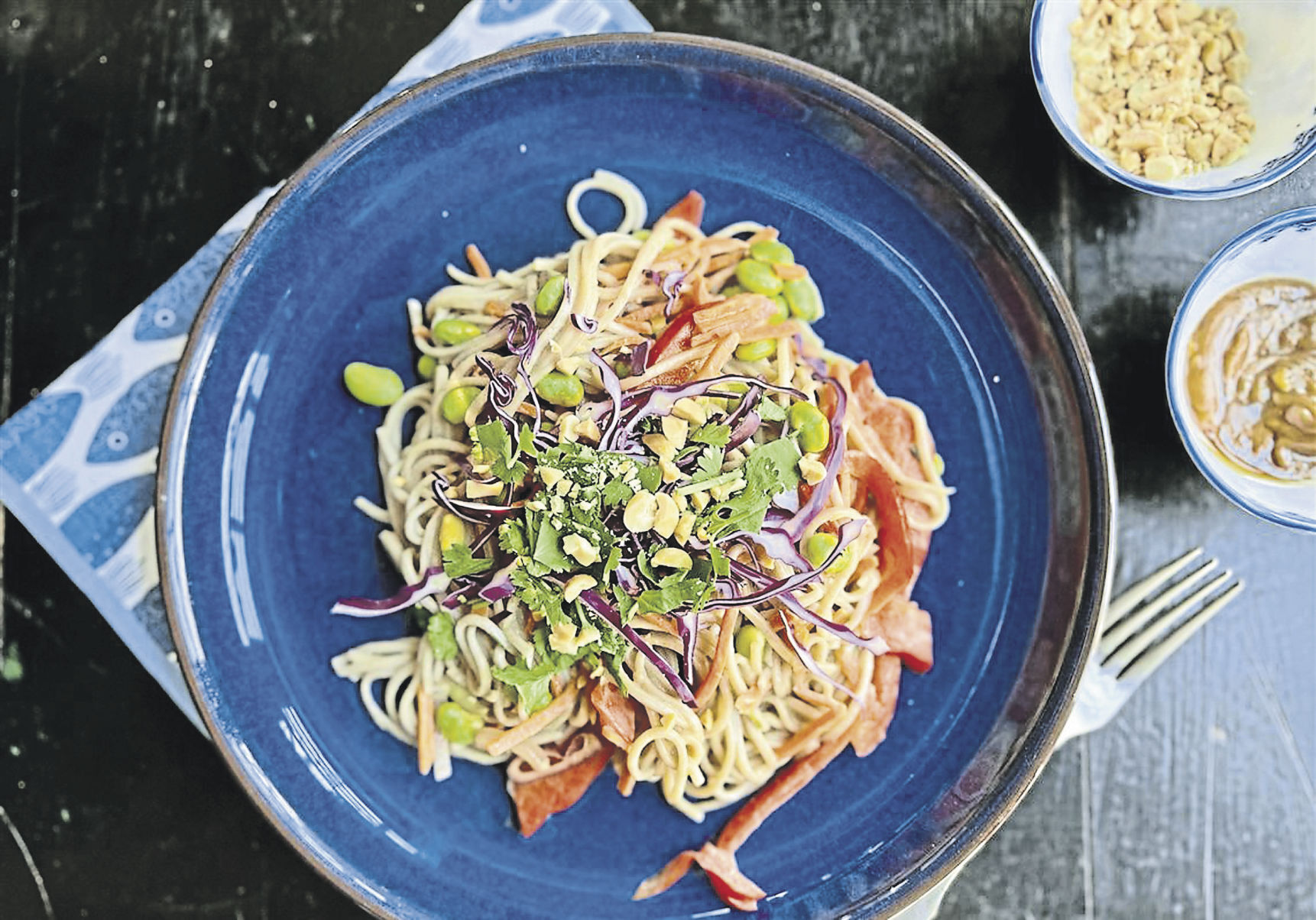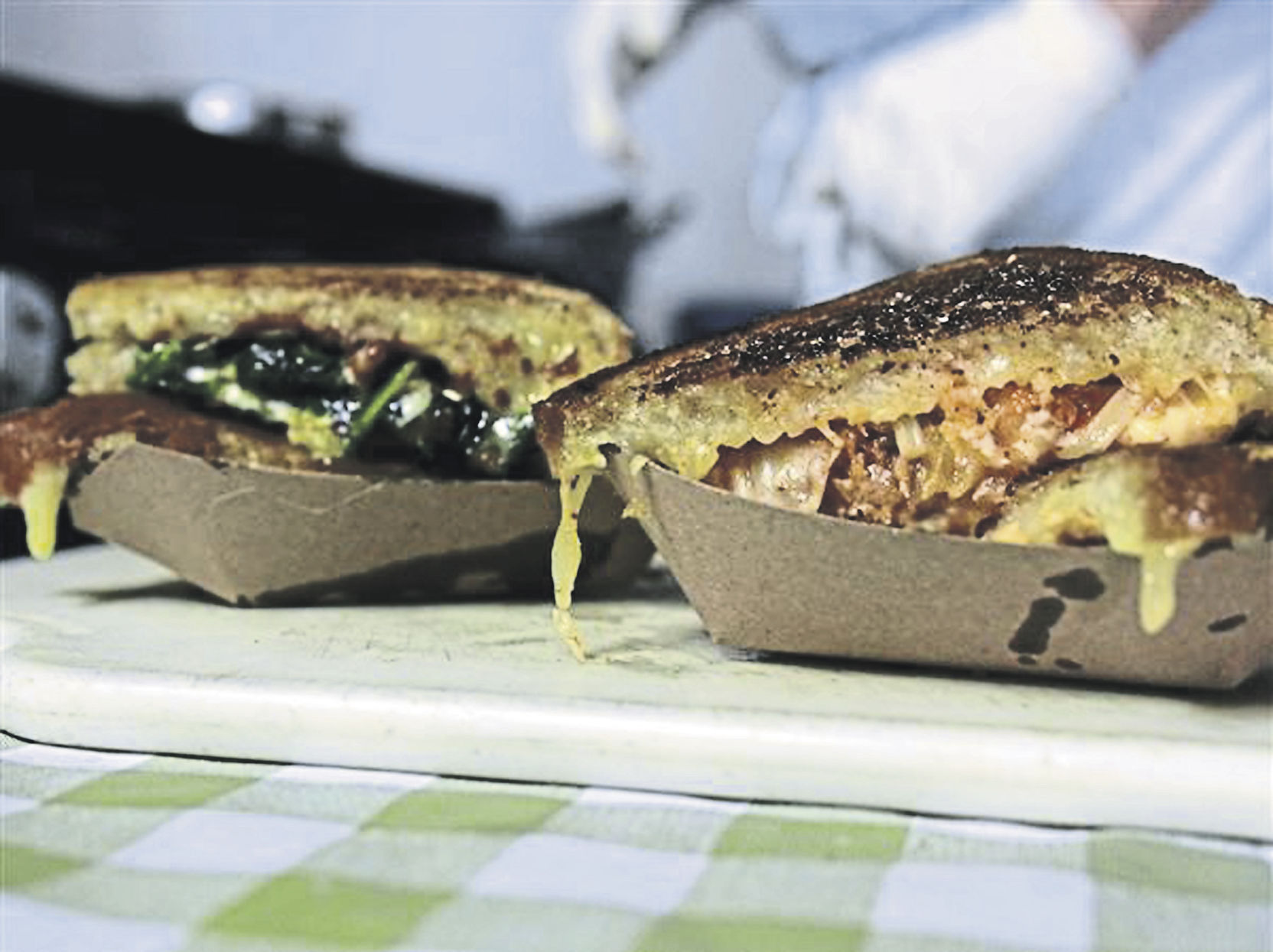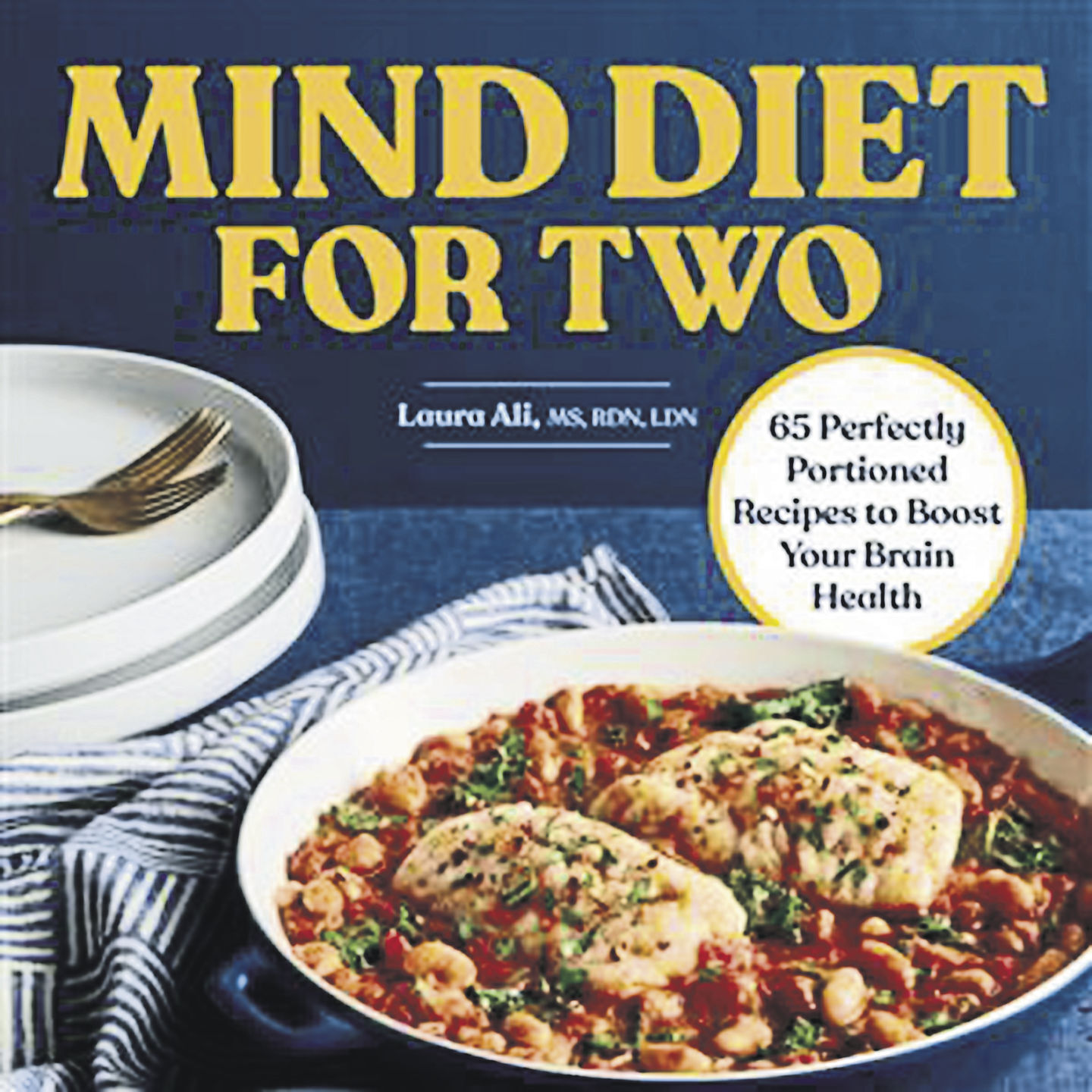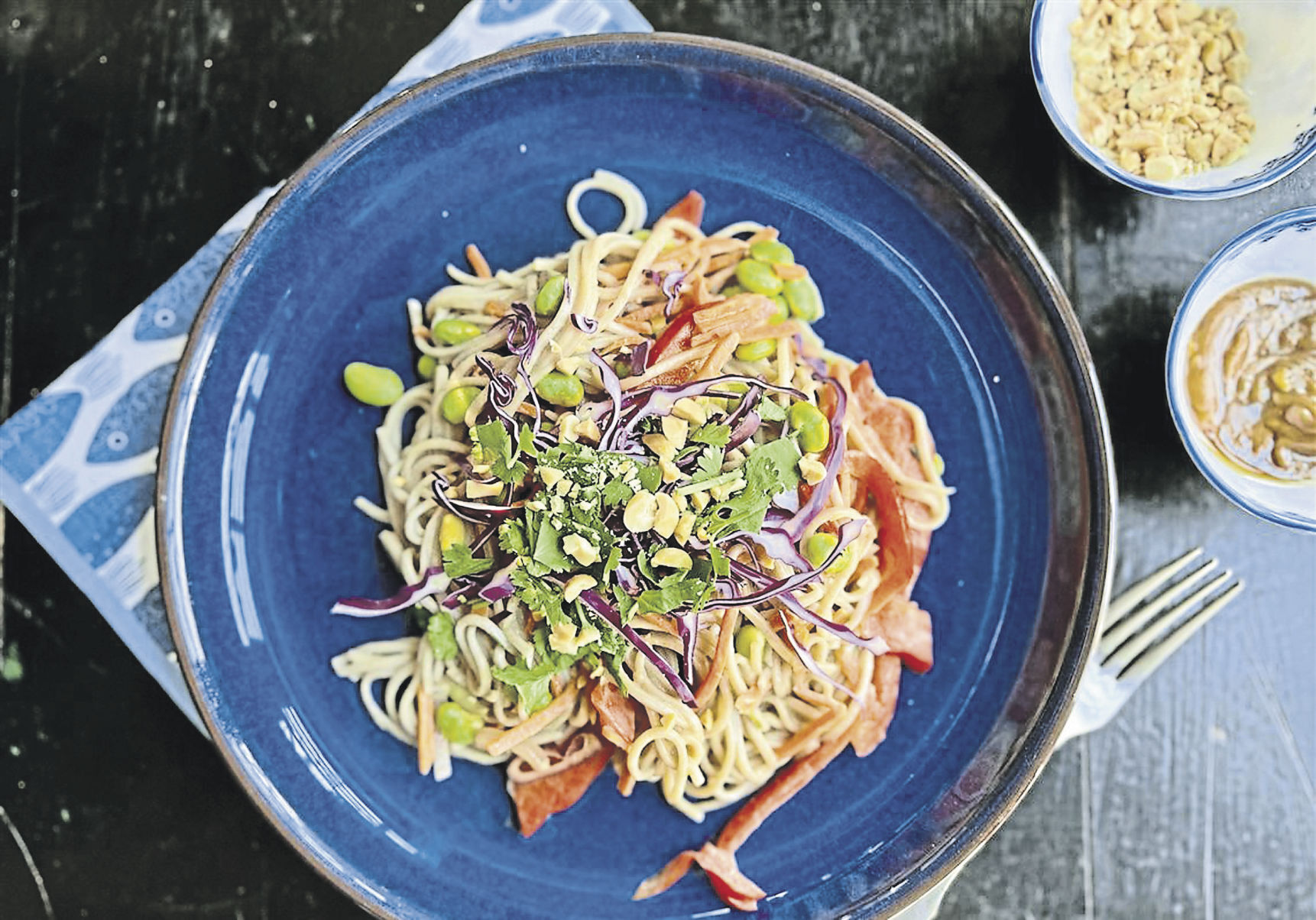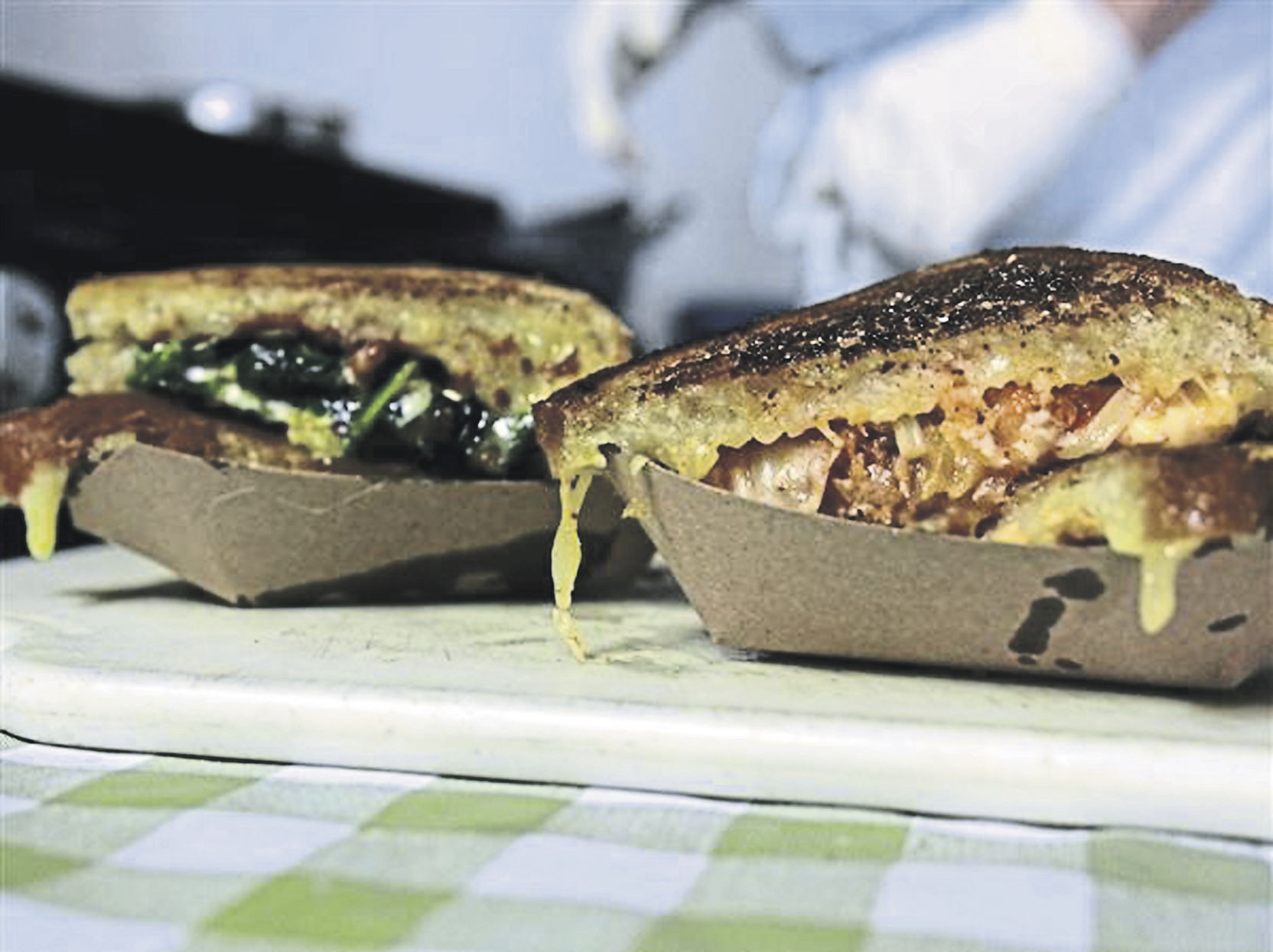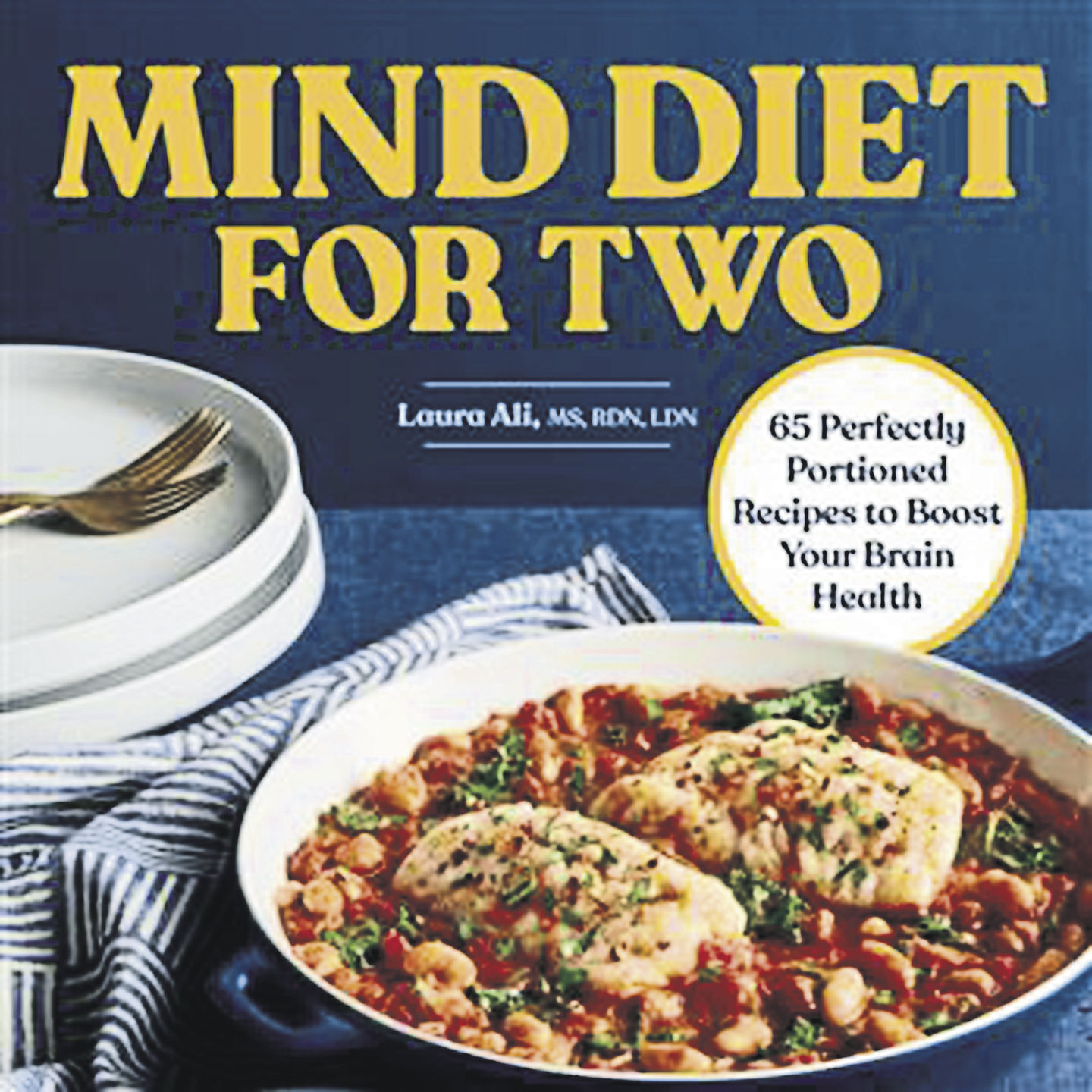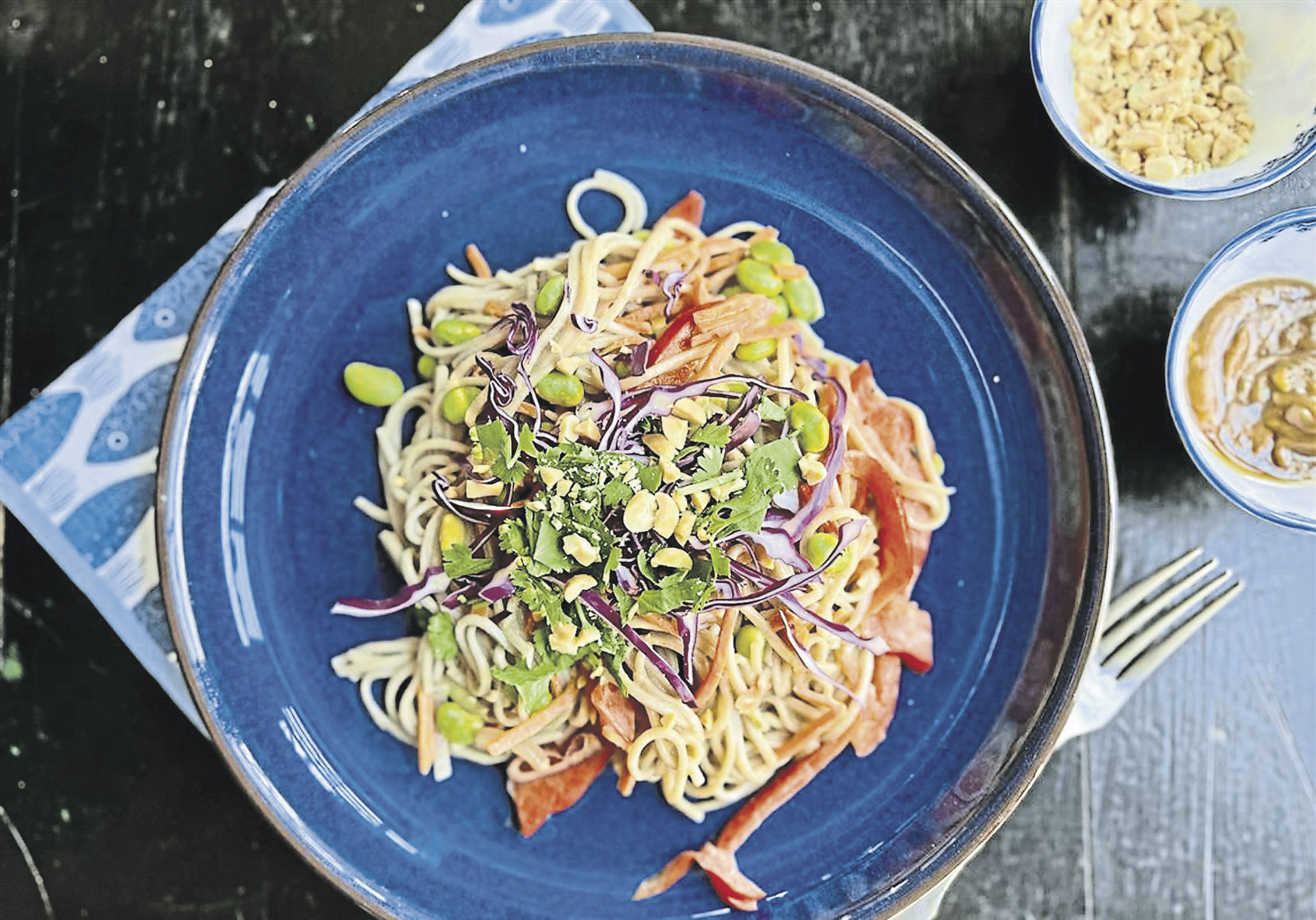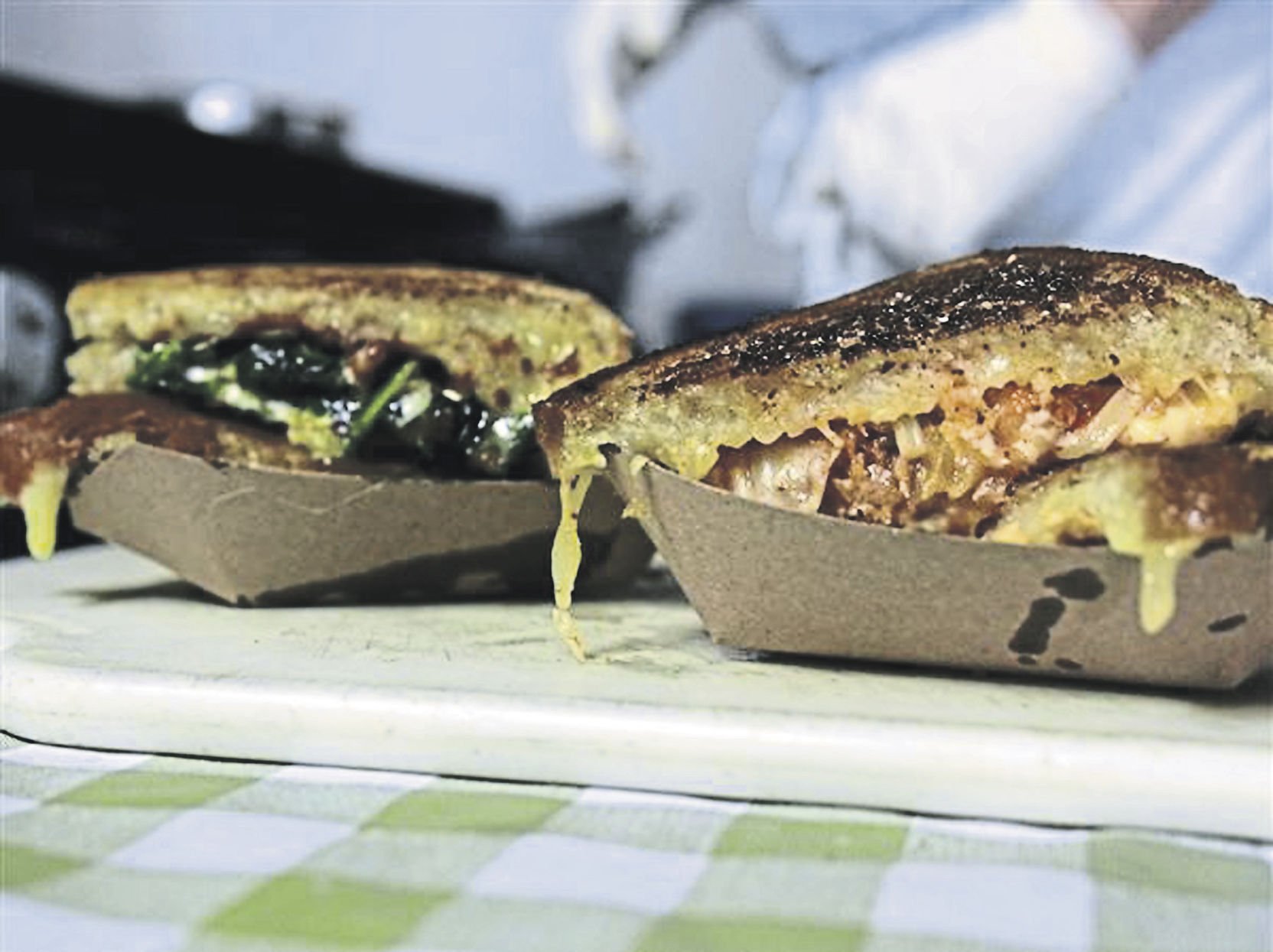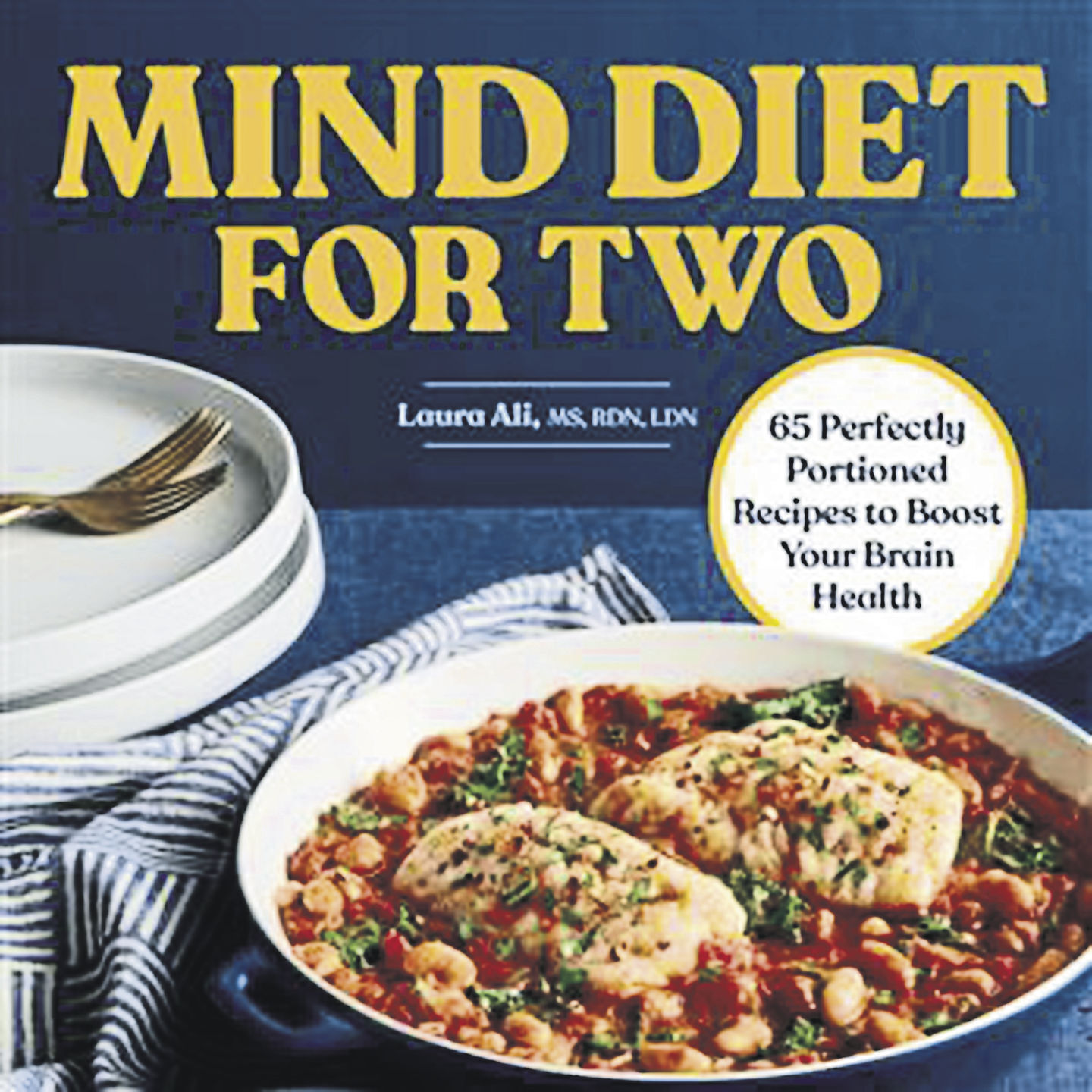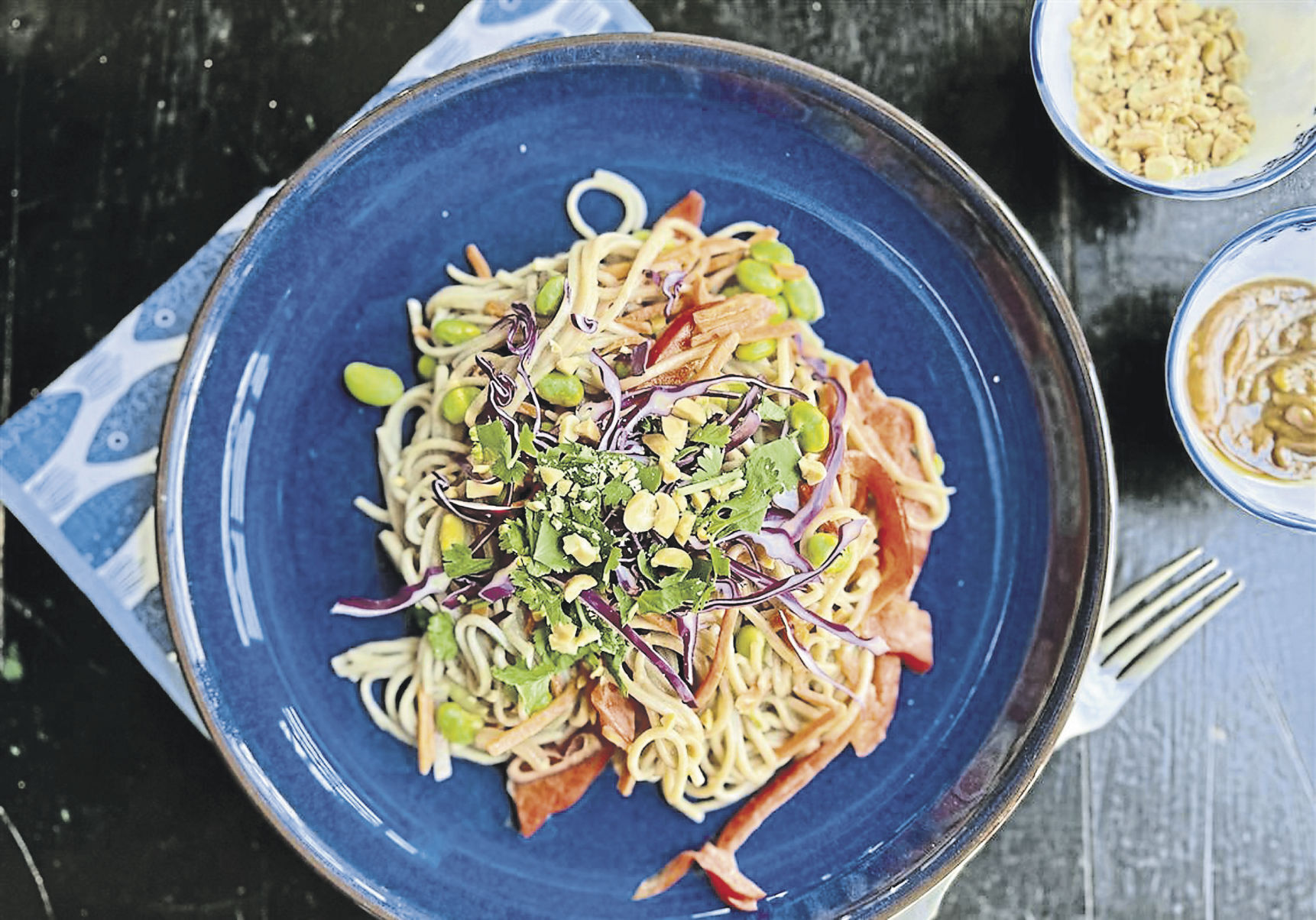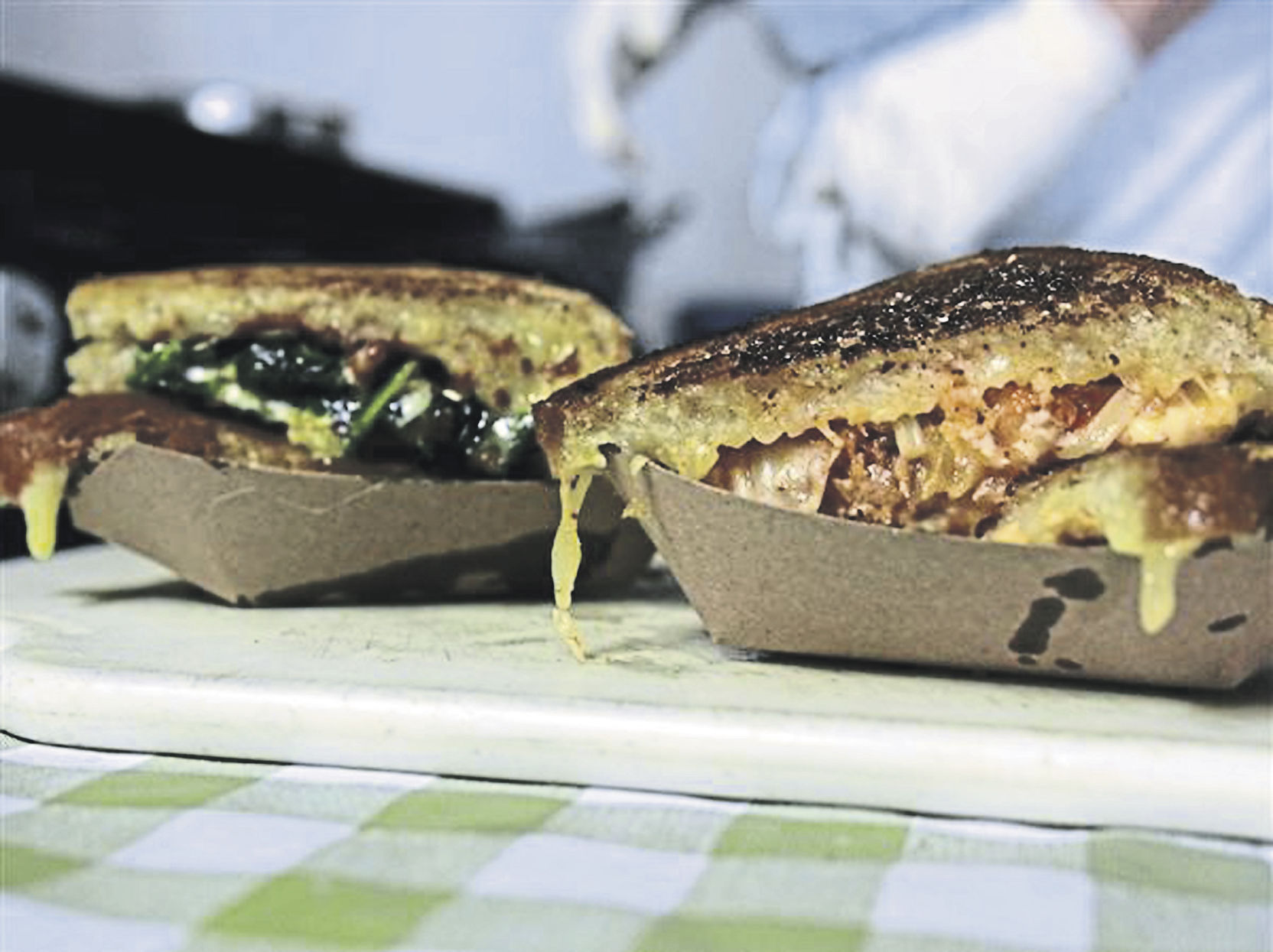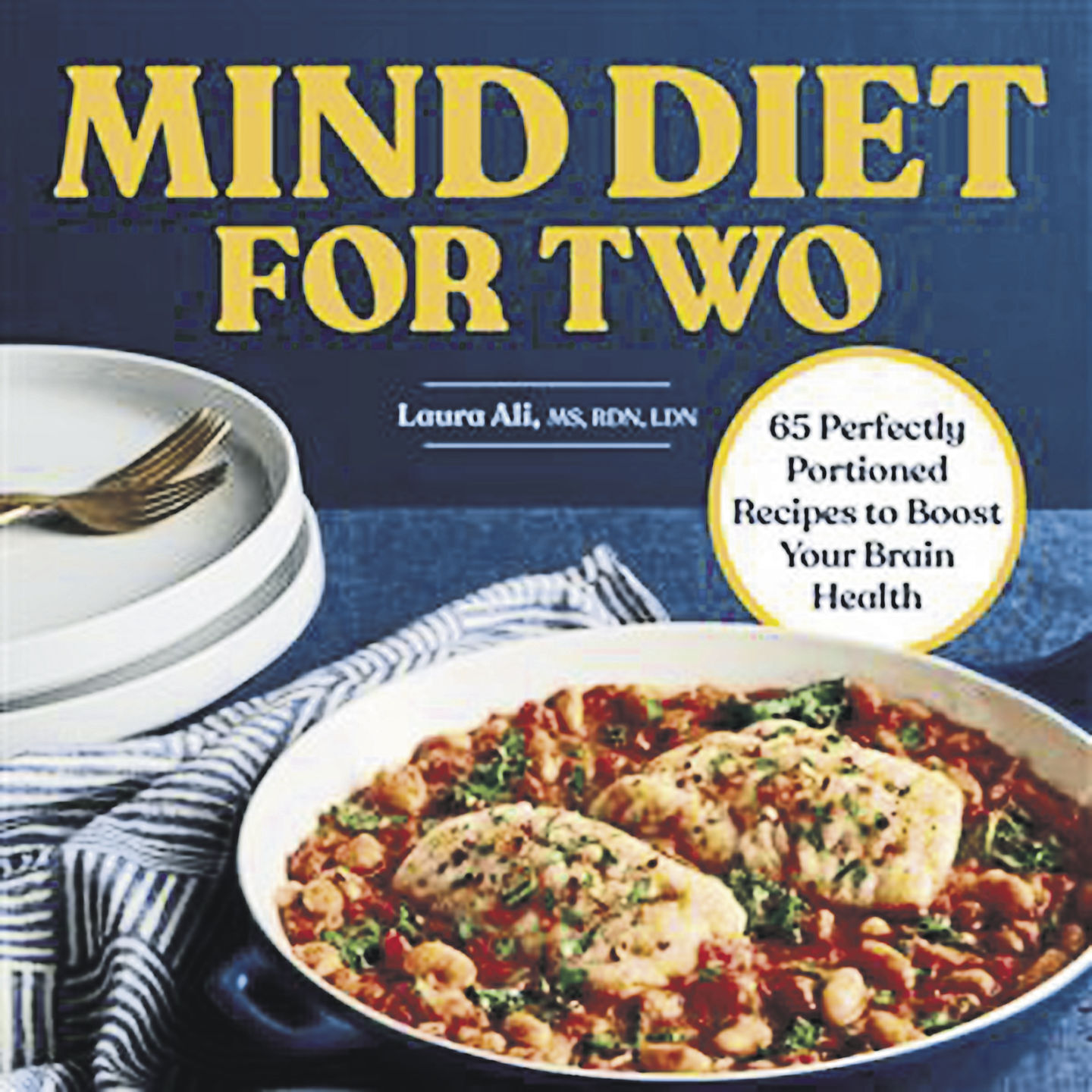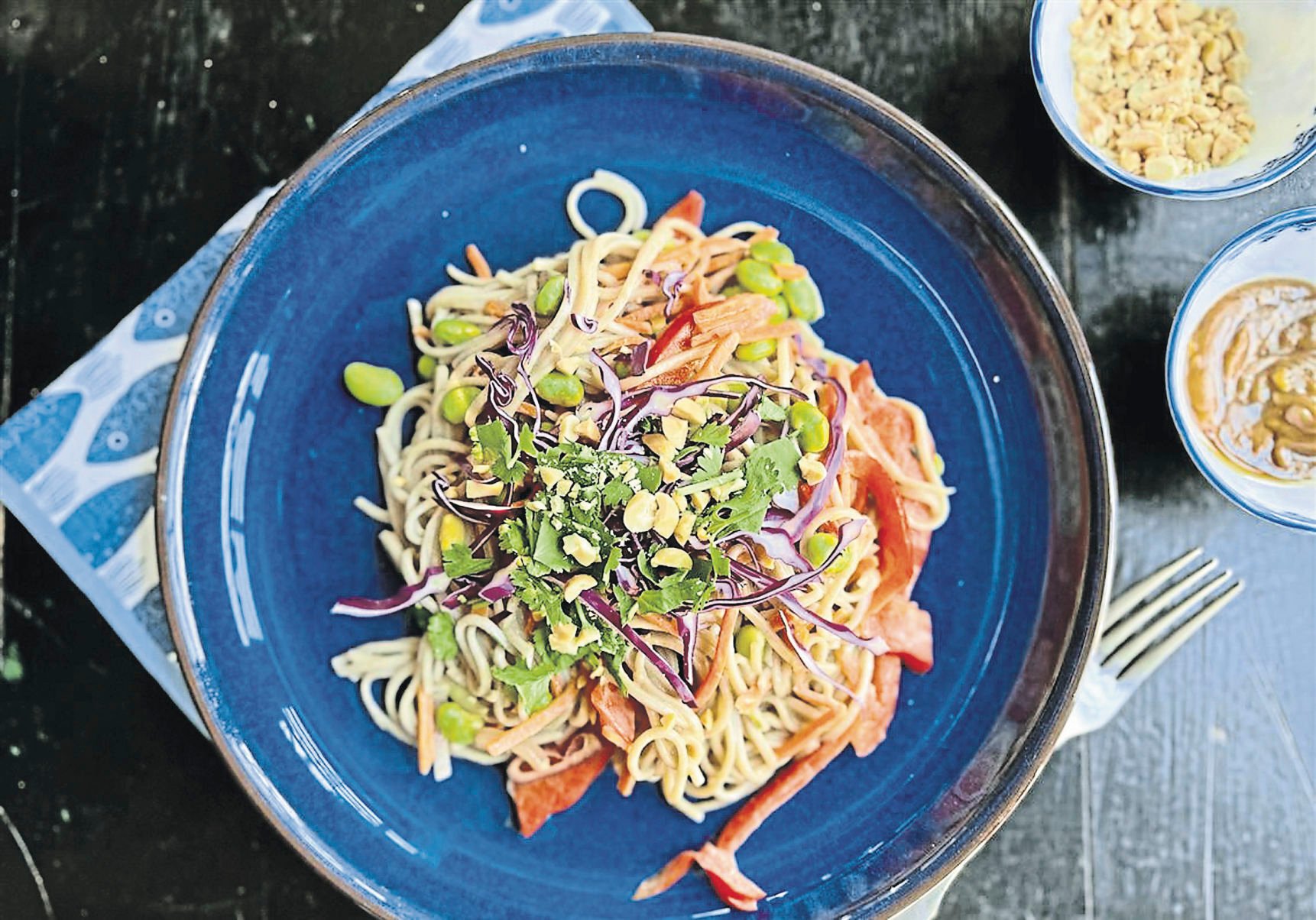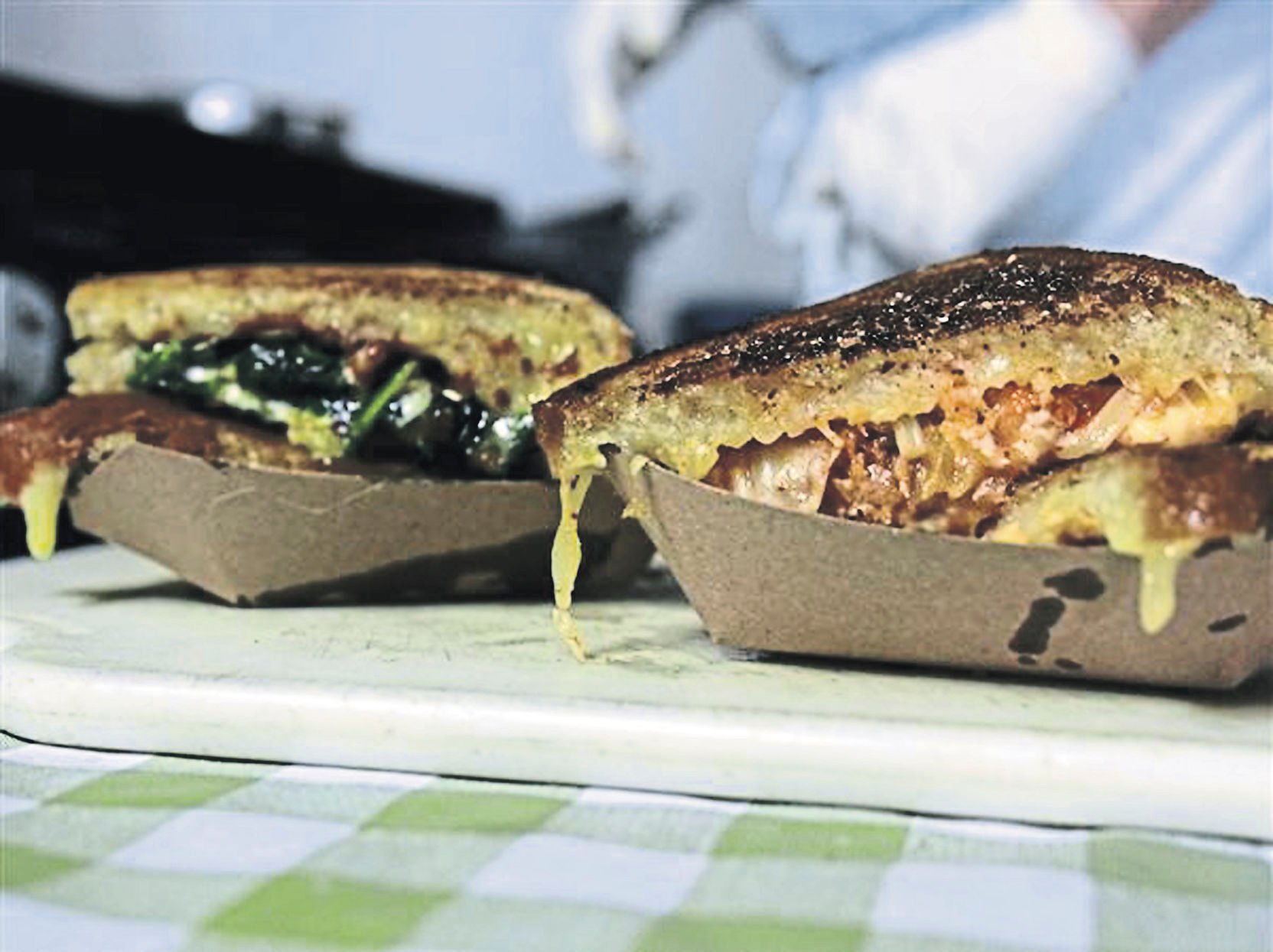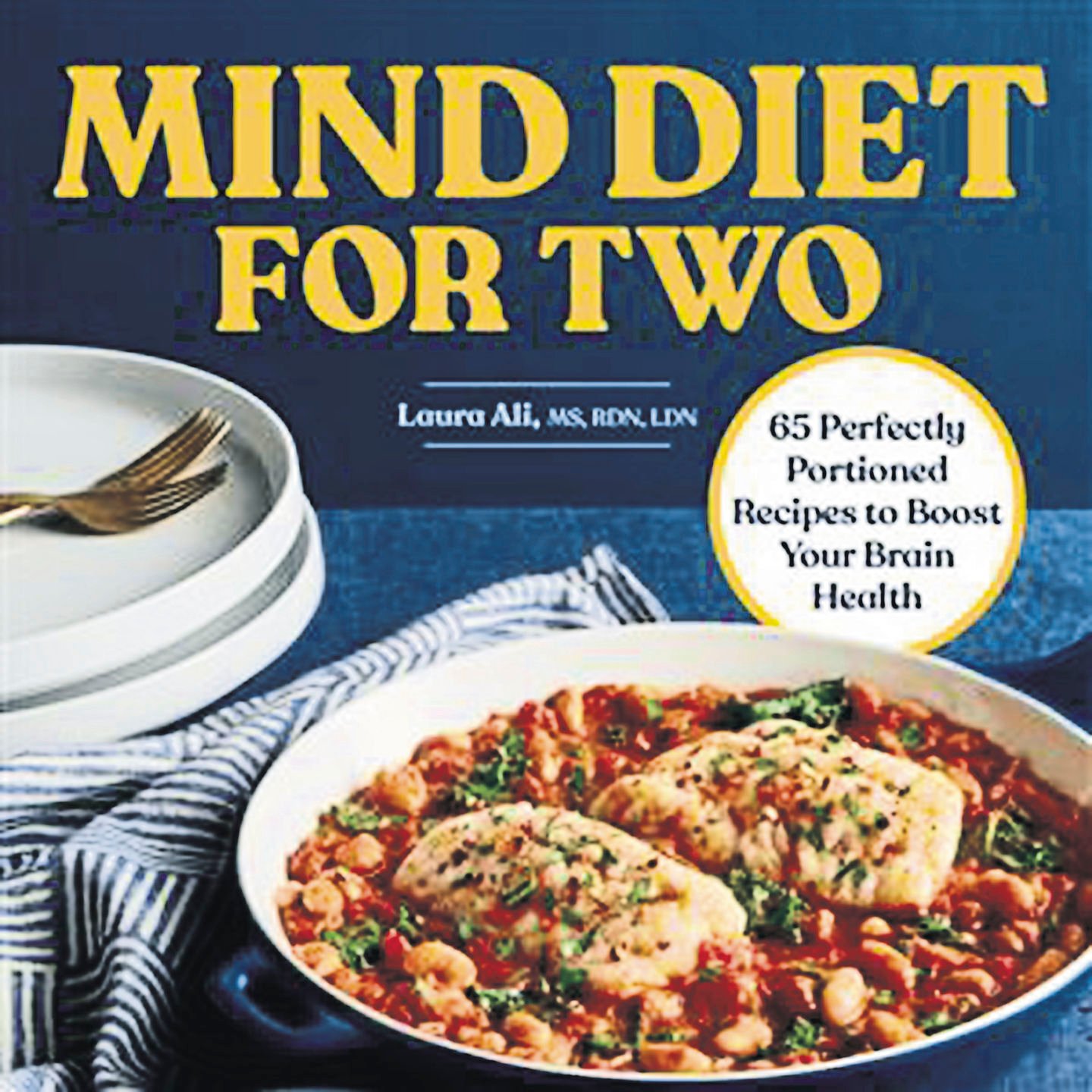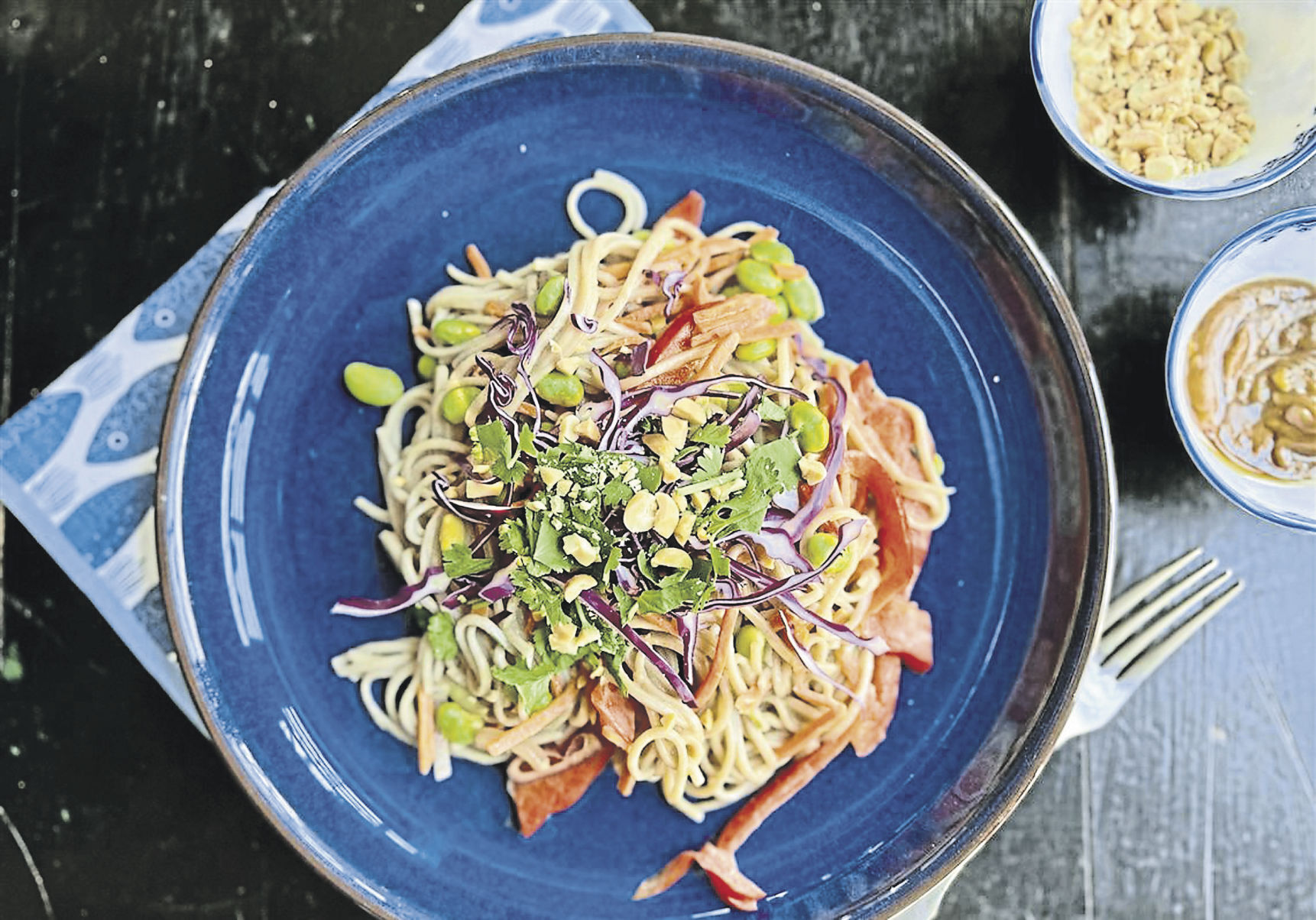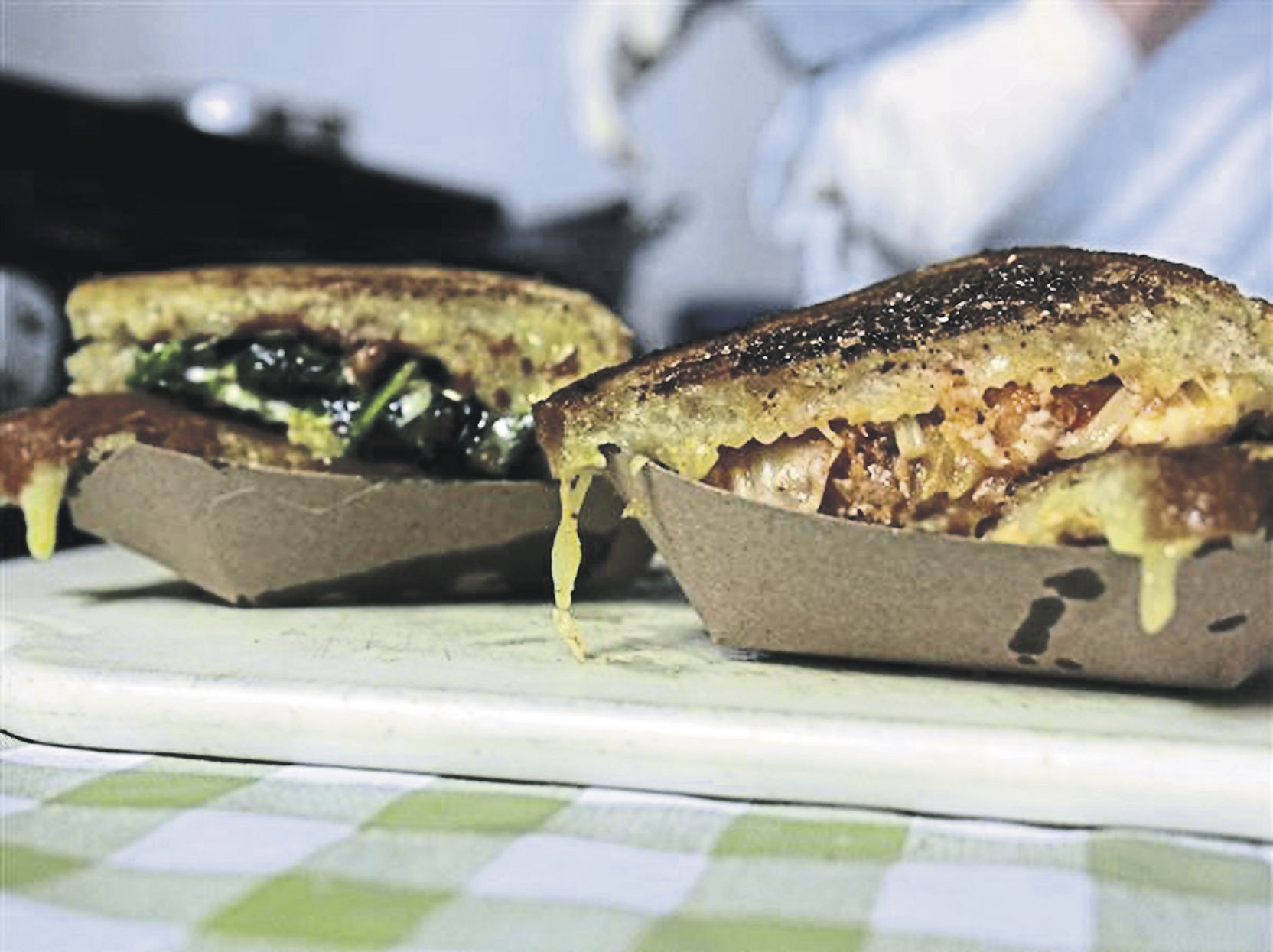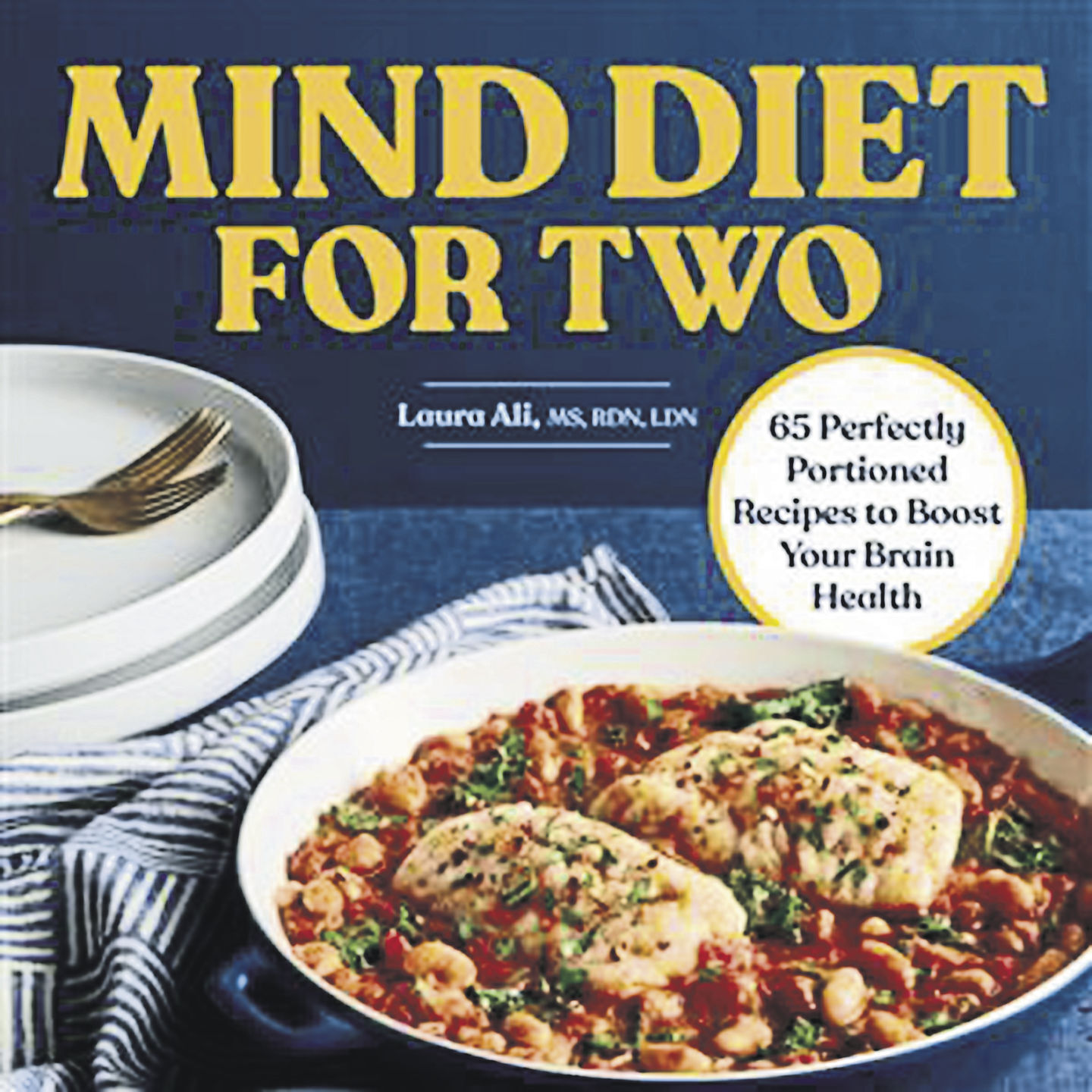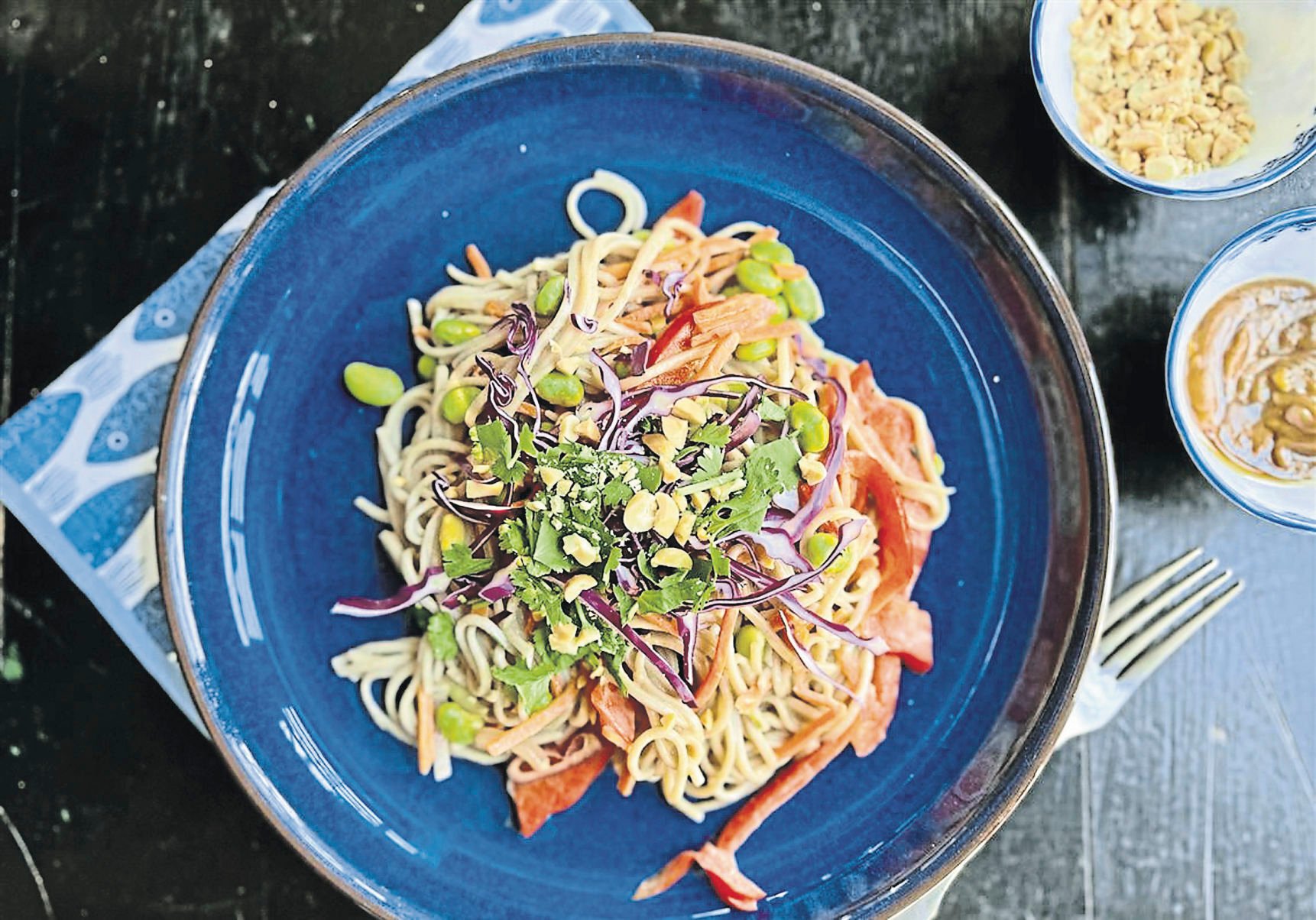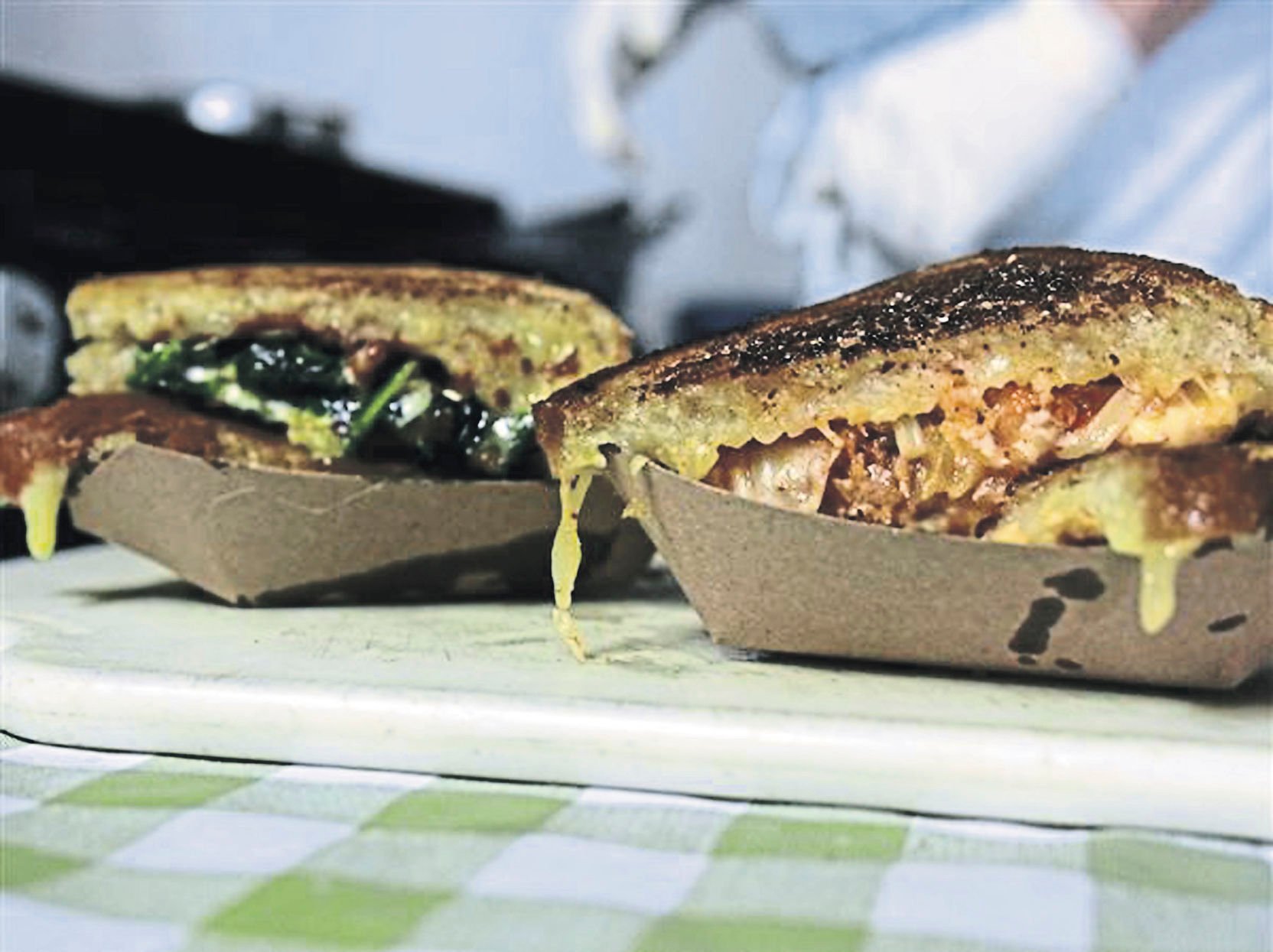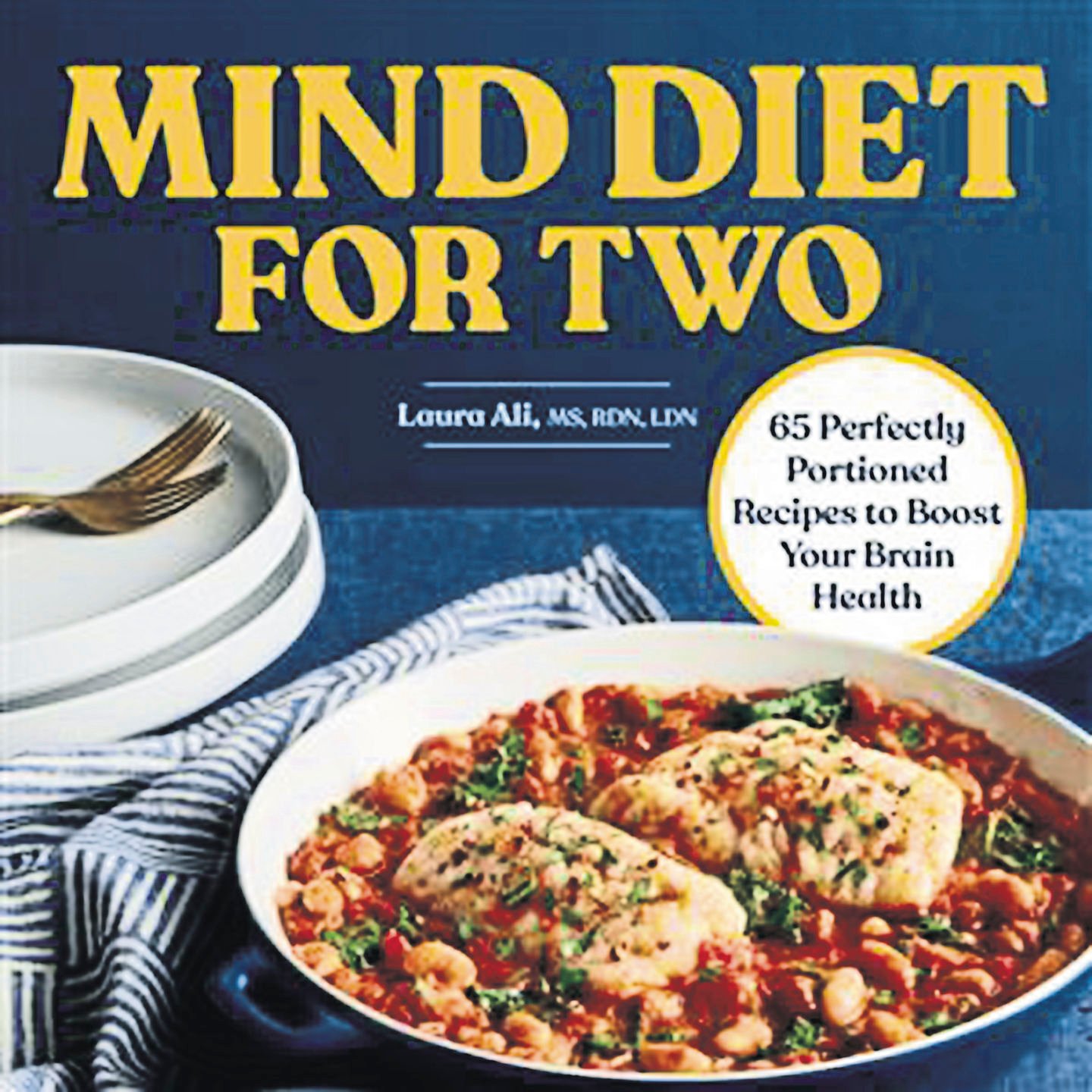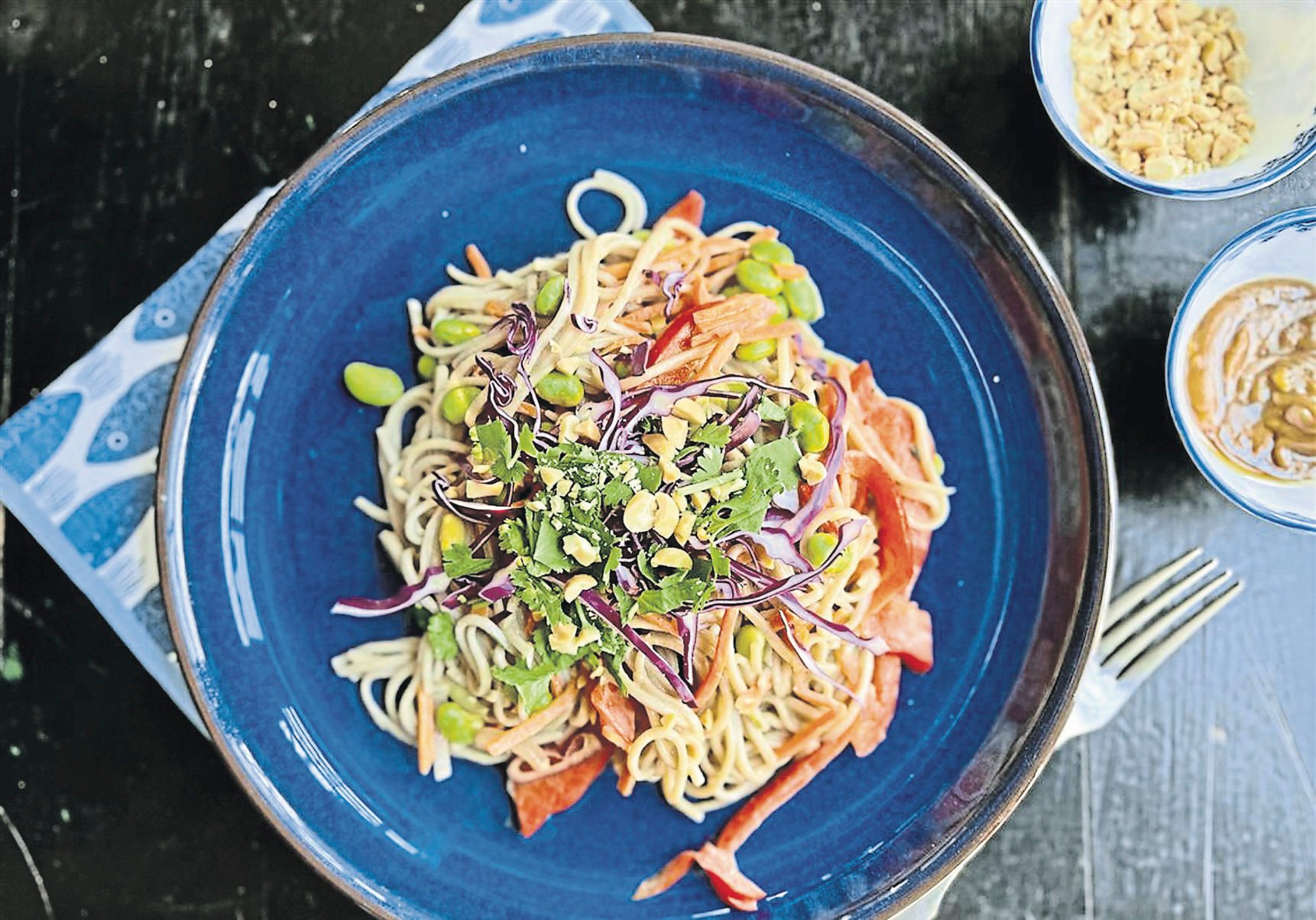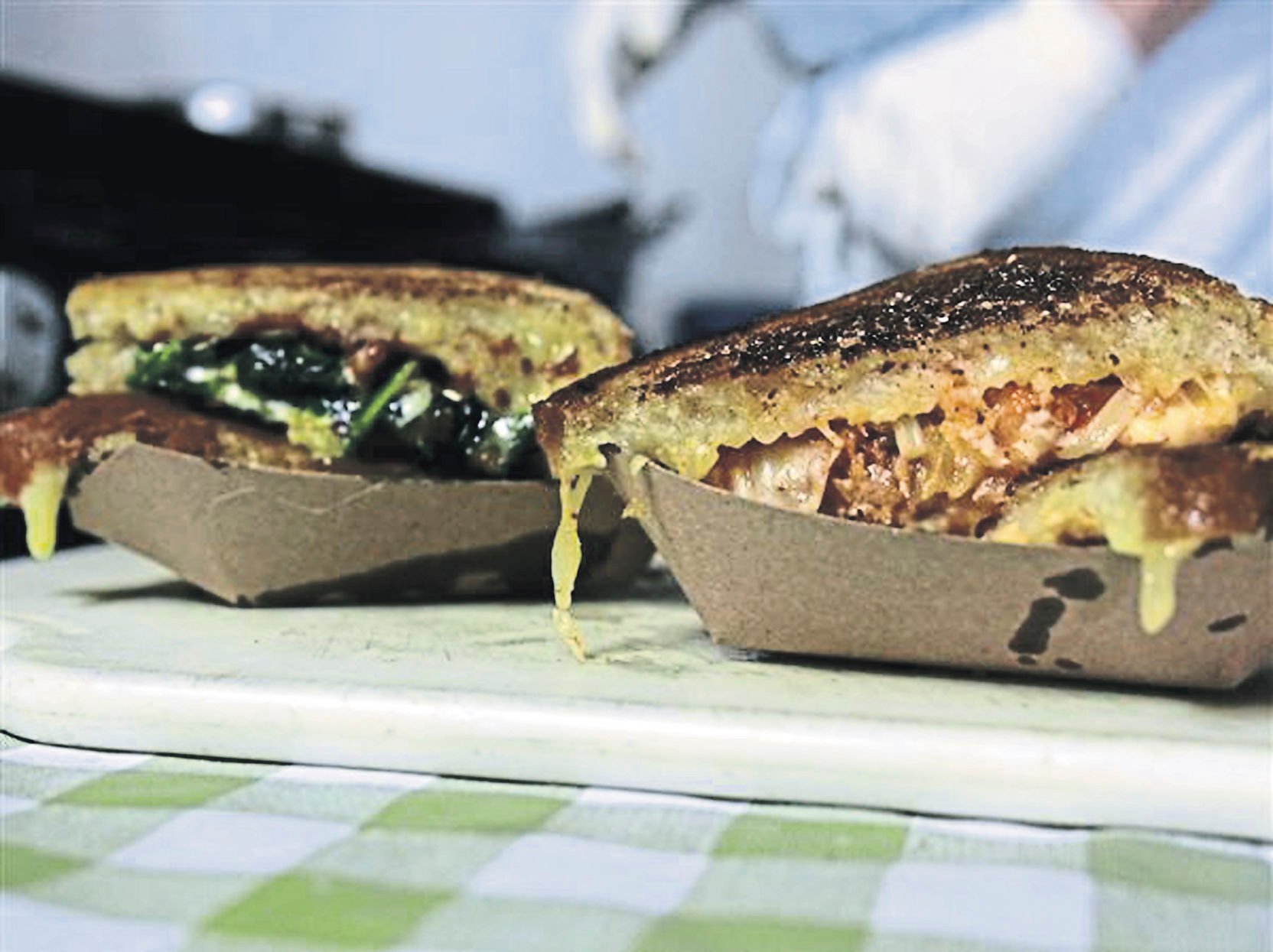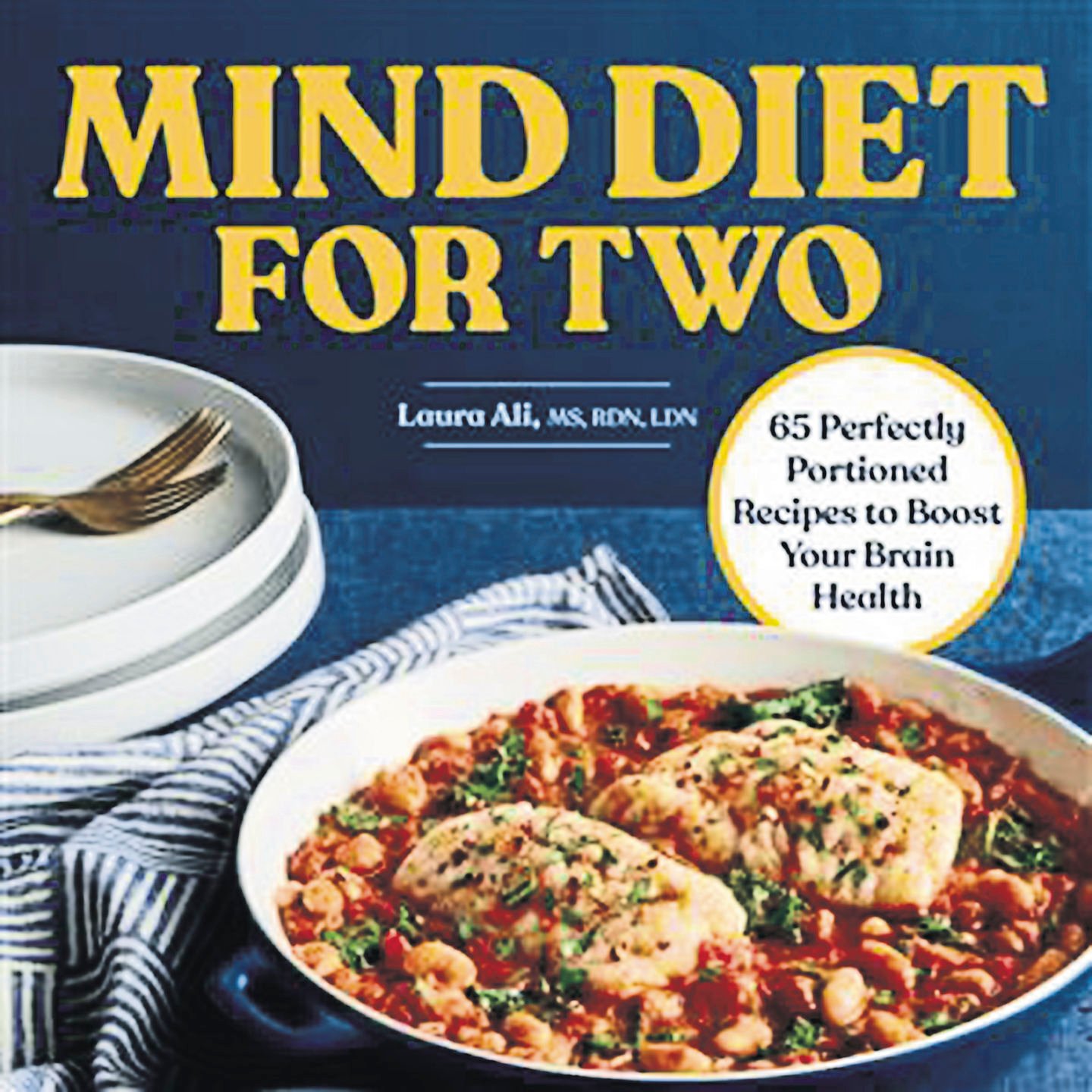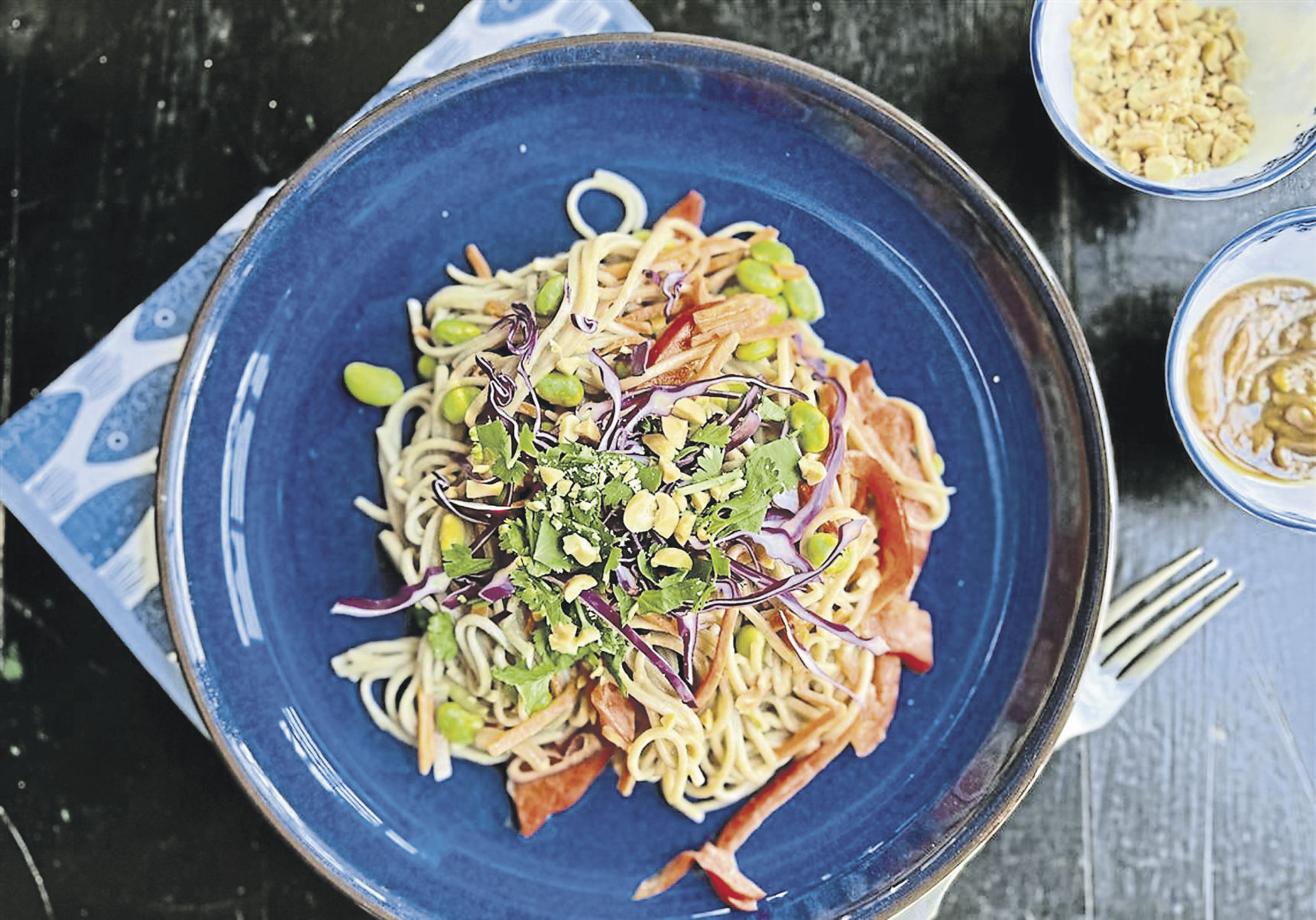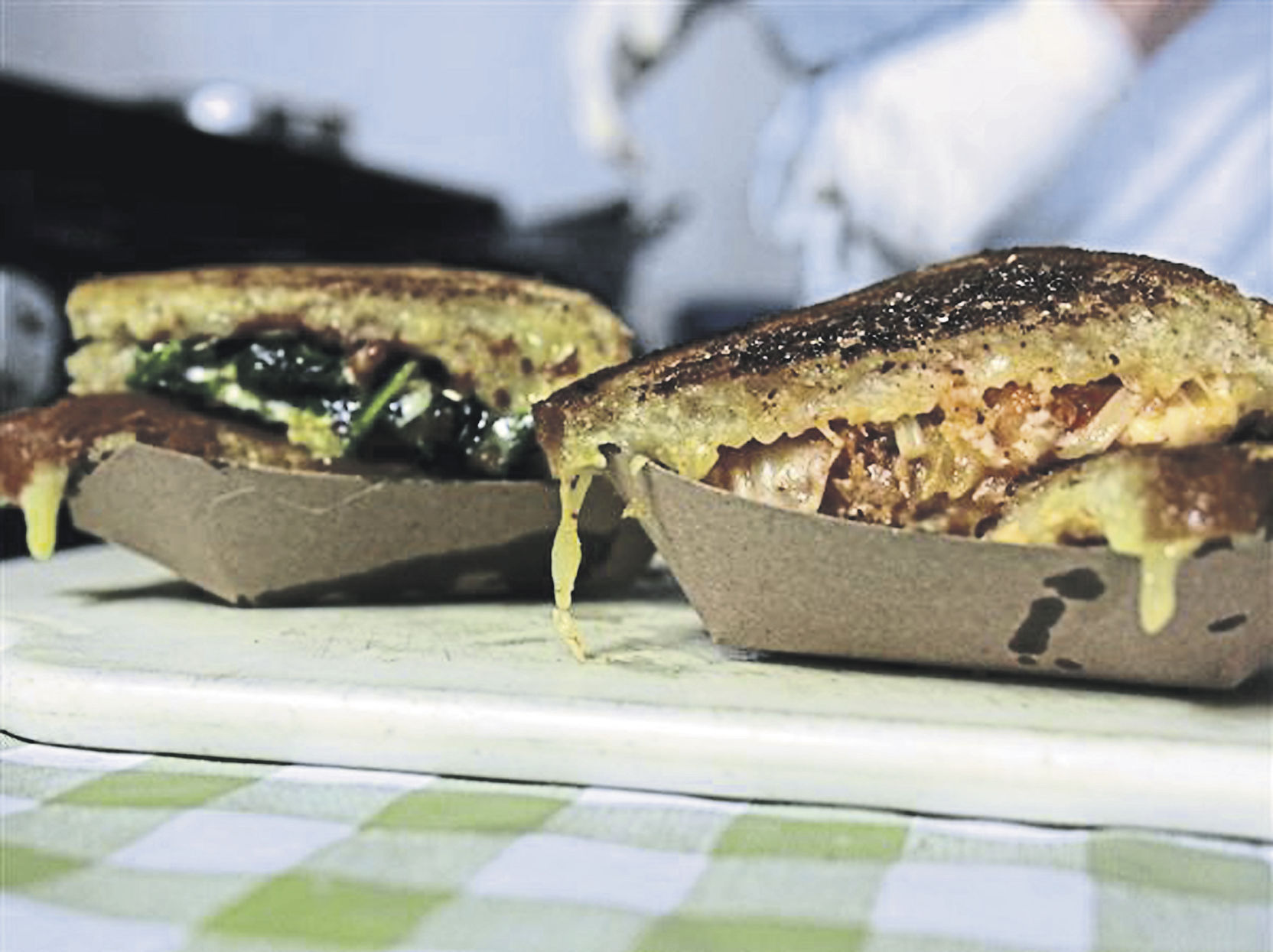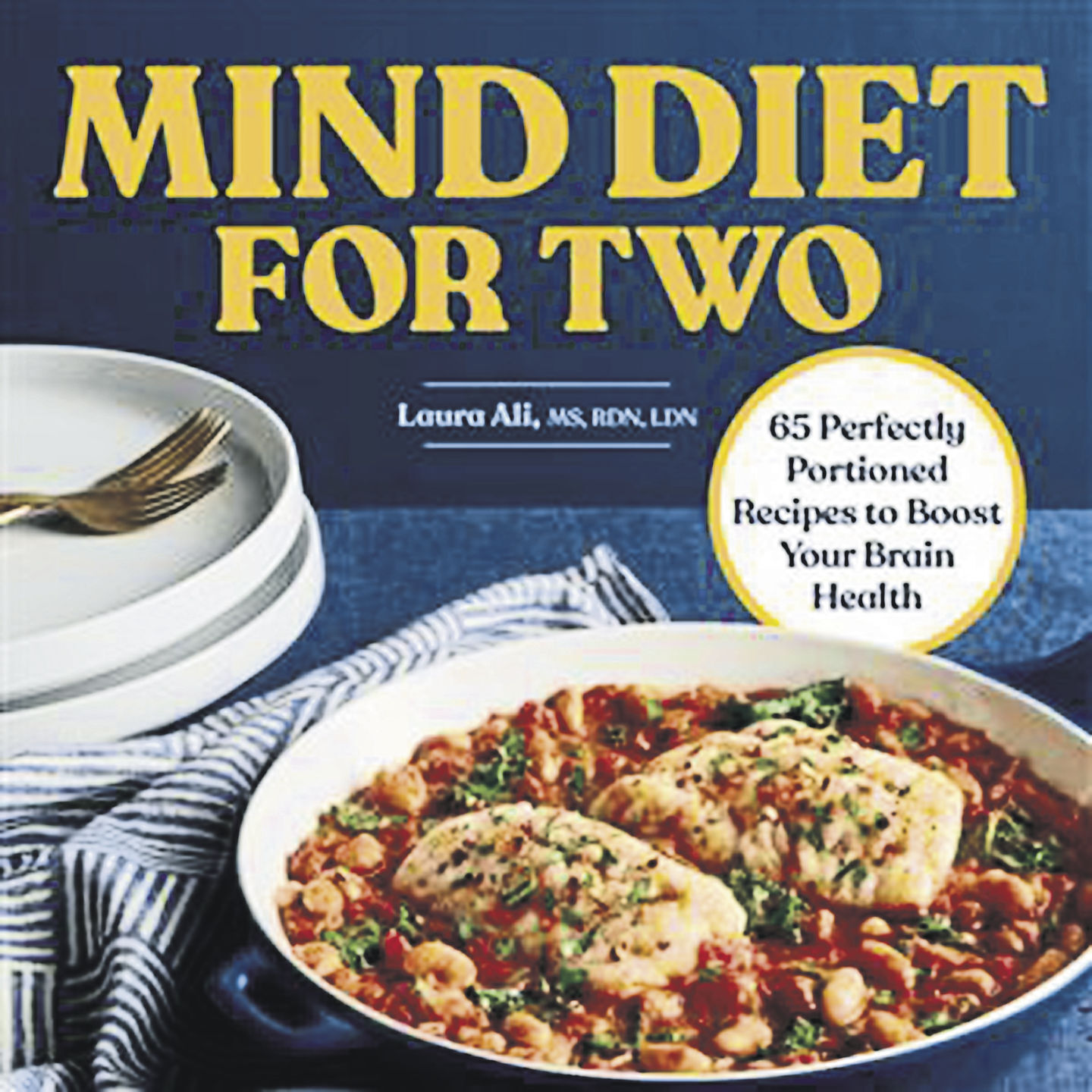Laura Ali has helped countless clients fine-tune their diets to promote healthy eating habits in her three decades as a registered dietitian and culinary nutritionist, 16 of them in a clinical setting at the Cancer Institute at UPMC, now Hillman Cancer Institute.
Good nutrition is a cornerstone of good health, with study after study showing that adults who eat an adequate, well-balanced diet not only live longer but also lower their risk of heart disease, diabetes and certain cancers.
Yet it was Ali’s genetics that got her thinking about the new eating plan known as the MIND diet, which is meant to support memory. She was so struck by its proposed benefits that during the pandemic, she wrote a cookbook with 65 simple recipes based on its recommendations. Published in March, it’s called “Mind Diet for Two” (Rockridge Press, $14.99).
Ali and her husband have a family history of Alzheimer’s disease and have watched close relatives suffer from dementia. So as she inched toward middle age, she grew increasingly intrigued by the role food plays in long-term cognitive health.
Hoping to avoid the same fate, “I wanted to learn more to see if there were things we could do to slow down or prevent dementia altogether,” she said.
Her reading led her to the work researchers at Rush University in Chicago have been doing with elderly residents via the MIND diet, the first eating plan that focuses on foods that specifically support and improve cognitive health.
Created to slow the loss of brain function that happens with age, the MIND diet combines two diets considered to be super-good for the heart: The mostly plant-based Mediterranean diet and the low-sodium DASH diet, developed in the 1990s by the National Heart, Lung and Blood Institute to prevent and treat high blood pressure.
Both build meals around fruits, vegetables and whole grains, with varying amounts of lean meats, fish, sweets and healthy fats allowed per day or week.
The MIND diet takes it a step further by encouraging regular consumption of 10 types of “brain healthy” foods — berries, leafy greens, other vegetables, nuts, beans, whole grains, fish, poultry, olive oil and red wine — and limiting foods in five groups including red meats, butter and stick margarine, cheese, pastries and sweets, and fried or fast food, because they are high in saturated fat and trans fat and known to increase cholesterol.
When people age, Ali writes, plaque builds up on the brain, causing the communication system to short-circuit and interfere with the brain’s messages to the body. Substances called flavonoids, found in foods like fruits, vegetables, cocoa and wine, contain antioxidant and anti-inflammatory properties, which protect the body’s cells from damage and reduce inflammation.
That’s important because Alzheimer’s patients tend to have brains that are inflamed, while people with hypertension and diabetes are at a great risk for stroke, which is a major factor for vascular dementia and Alzheimer’s.
“It’s just a healthy way of eating,” Ali says.
Research suggests that the MIND diet lowered the risk of Alzheimer’s by as much as 53% in participants who rigorously followed to the diet to a T, and by about 35% in those who adhered to it moderately well. But improvements start to weaken at about year.
Ali says she knew the cookbook probably would strike a chord with home cooks because people today are so much more aware of what they should be eating and the role that good nutrition can have in maintaining and improving health.
While we want the convenience of drive-thru or eating quickly on the run or at our desks, “there’s true desire to eat better,” she says.
In deciding which foods to include, Ali — a lifelong cook who has done culinary consulting for Giant Eagle, StarKist and Del Monte Foods — chose 65 recipes that use ingredients readily available in any grocery store. She also steered clear of recipes that required special equipment like an air fryer or Instant Pot because not everyone has one.
“I approached it as what (the average person) typically eats,” she says — quick breakfasts, simple lunches and mains that can be made in 30 minutes or less.
Many are gluten- or dairy-free, and all come with nutritional information, along with prep and cook times. She also includes a servings chart, kitchen tips and a seven-day sample menu to get you started.
The cookbook is unique in that all the recipes serve just two instead of the standard four to six for a family. That’s because by the time most people are worried about dementia, they often are cooking for two most of the time as empty nesters.
“At this point in life, people are often caring for elderly relatives that may have dementia and are seeing the real effects it has. I think they become worried about their own health as they age.”
With food waste a growing problem, people also don’t want to have to throw away leftovers.
“But most can easily be doubled for four or more,” she says.
If you’re someone who doesn’t already eat a lot of fruits, grains, fish or leafy vegetables, it can take some time to adjust to the MIND diet — for your body as well as your palate. (The increased fiber can cause bloating, gas or constipation.) She suggests starting easy by sneaking some of the ingredients into your dishes — say, add some spinach or salmon to your scrambled eggs, serve a leafy salad with dinner, or stir vegetable into your pasta.
Tougher might be learning to limit favorites like cheese, butter and steak. But the daily glass of red wine you’re allowed, she says with a laugh, makes up for it.
“It’s a relatively easy way of eating,” she says.
Blueberry Smoothie
Packed with essential nutrients, fiber and antioxidants, blueberries are one powerful little berry. Research suggests they can lower the risk of dementia and support a healthy, well-functioning immune system. Kefir, a fermented milk drink, also is thought to have positive impacts on brain health due to its probiotic content.
This tangy smoothie comes together in minutes and has just 261 calories, making it a perfect (and healthy) breakfast or
mid-afternoon snack.
• 1½ cups kefir
• 1 5.3-ounce cup nonfat Greek yogurt
• ¼ cup finely chopped walnuts
• 1 cup fresh blueberries
• 2 or 3 ice cubes
In a blender or food processor, place the kefir, yogurt, walnuts, blueberries and ice cubes. Blend about 1 minute on high, until mixture is completely combined. Divide between 2 glasses and enjoy. Makes 2 smoothies.
Soba Noodles with Spicy Peanut Sauce
This spicy noodle dish takes less than 15 minutes to prepare and is packed with MIND-diet friendly ingredients. Soba noodles, made with buckwheat, are rich in fiber and contain flavonoids, which can reduce inflammation. The real star is the edamame, one of the few vegetables that is a complete protein.
For peanut sauce
• ¼ cup creamy peanut butter
• 1 tablespoon soy sauce
• 1 teaspoon lime zest
• 1 tablespoon lime juice
• ½ teaspoon toasted sesame oil
• ½ teaspoon red pepper flakes
• ½ teaspoon freshly grated ginger
For noodles
• 1 teaspoon extra-virgin olive oil
• ½ cup shredded carrots
• ½ cup thinly sliced bell pepper strips
• 1 cup shelled edamame (thawed, if frozen)
• 1 tablespoons sliced scallions, green and white parts
• 6 ounces soba noodles
• ¼ cup shredded red cabbage
• ¼ cup peanuts, chopped
• 2 tablespoons chopped cilantro
In medium bowl, whisk peanut butter, soy sauce, lime zest, lime juice, sesame oil, red pepper flakes and ginger. In medium skillet, heat olive oil over medium heat. Add carrots, bell pepper and edamame. Cook until hot. Add scallions and stir for 30 seconds. Remove from heat. In large saucepan, bring 6 to 8 cups water to a boil. Add soba noodles and cook until al dente. Drain and put the noodles back in the saucepan. Toss soba noodles with peanut sauce to coat. Add cooked vegetables and toss. Top with cabbage, peanuts and cilantro. Serves 2.
Spicy Avocado Dressing
Avocados are rich in monounsaturated fat and potassium, both of which are important for blood pressure control and might help improve blood flow to the brain. Use as a spread for sandwiches, toast or tacos, or as a thick and creamy salad dressing. Also works as a dip with crudites.
• 1 medium ripe avocado, pitted, peeled and diced
• 1 teaspoon lime zest
• 3 tablespoons freshly squeezed lime juice
• 1 tablespoon chopped jalapeno pepper
• 2 teaspoons chopped garlic (about 2 cloves)
• 2 tablespoons extra-virgin olive oil
• 1 tablespoon chopped fresh cilantro
• 1 tablespoon chopped fresh parsley
Place ingredients in the bowl of a food processor. Process until completely combined and no large pieces are visible. Store in an airtight container in the fridge for up to 1 week. (The lime juice will keep the dressing from turning brown.) Makes 3/4 cup.
Gretchen McKay writes for the Pittsburgh Post-Gazette.

